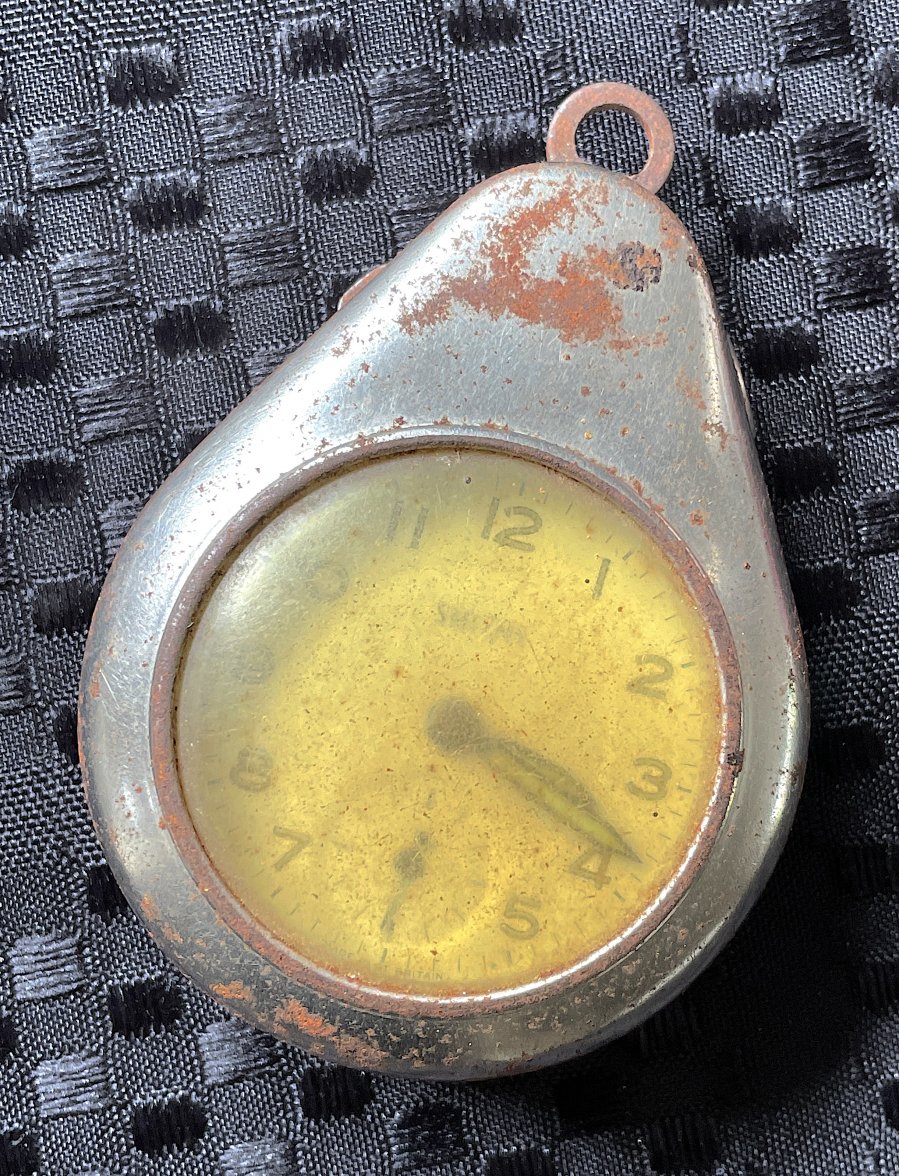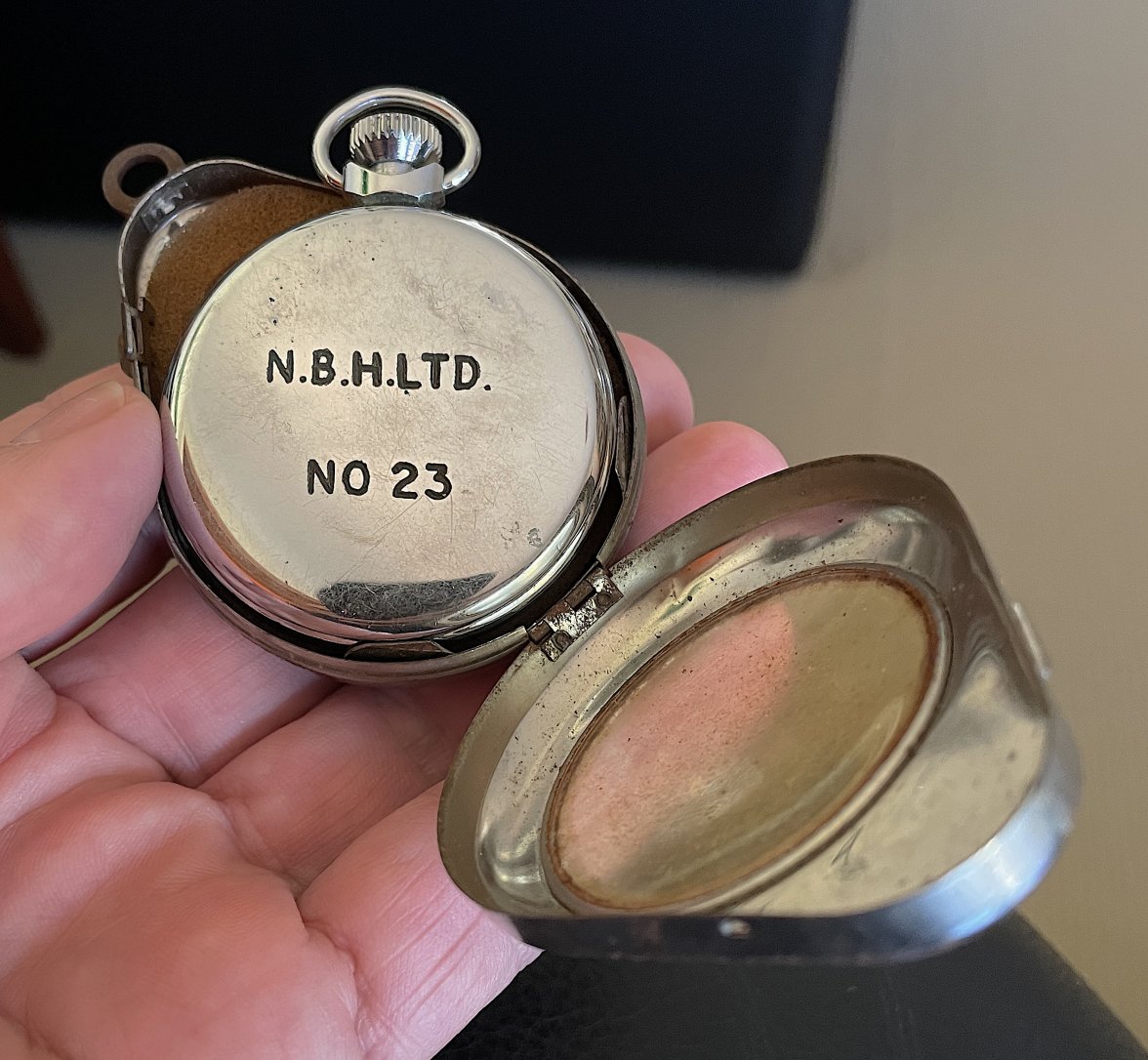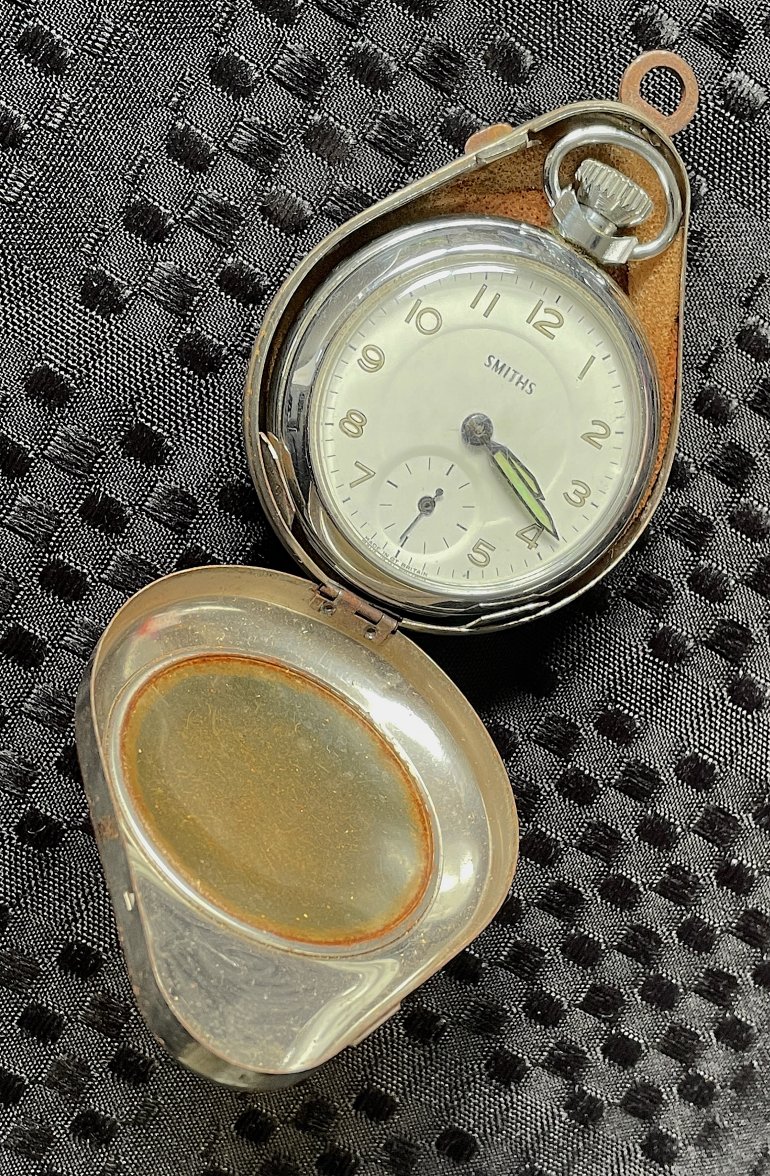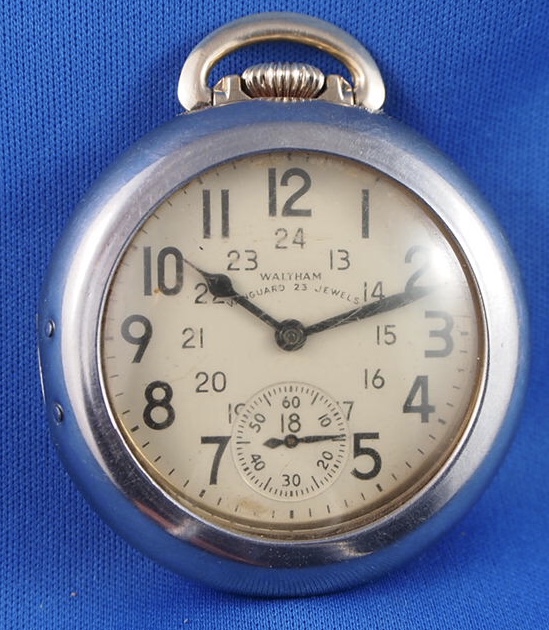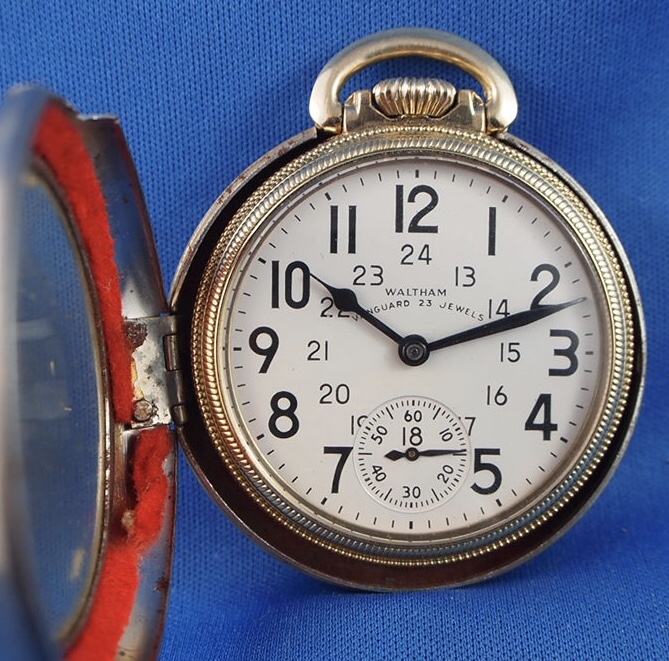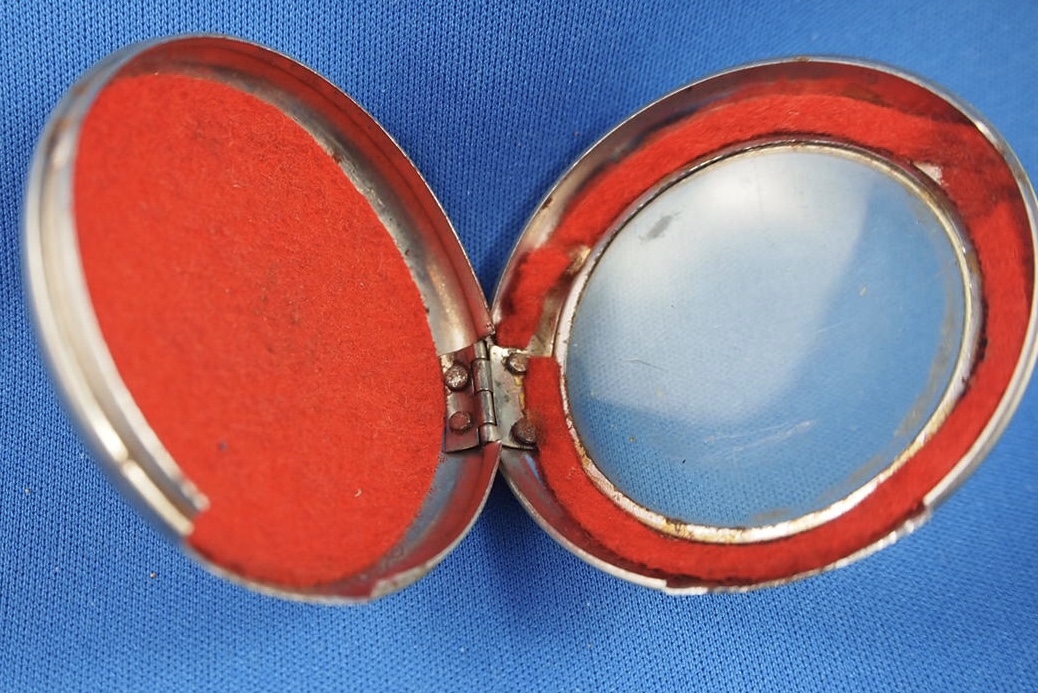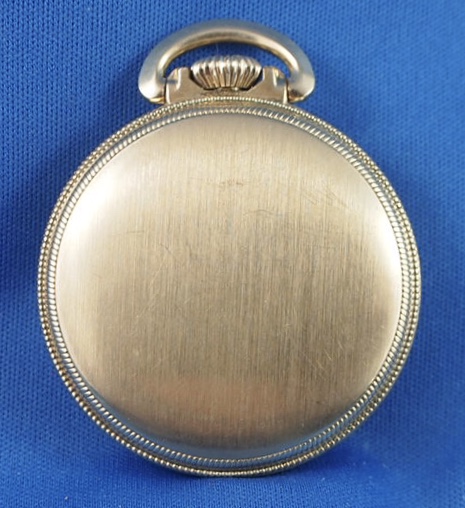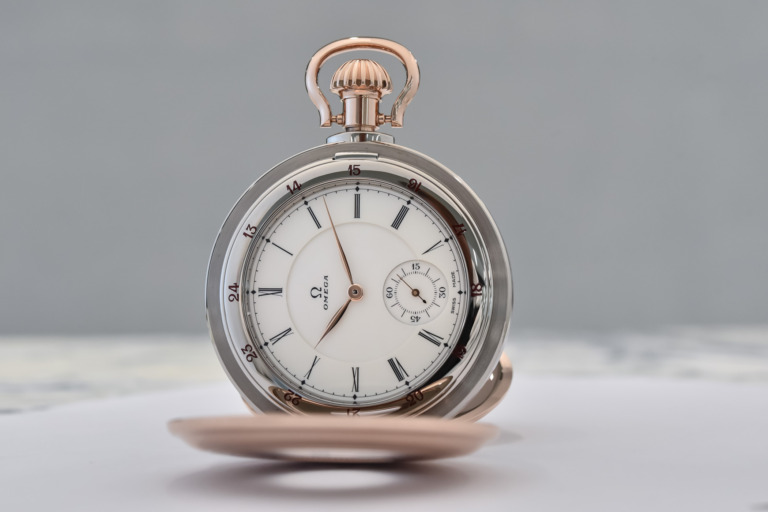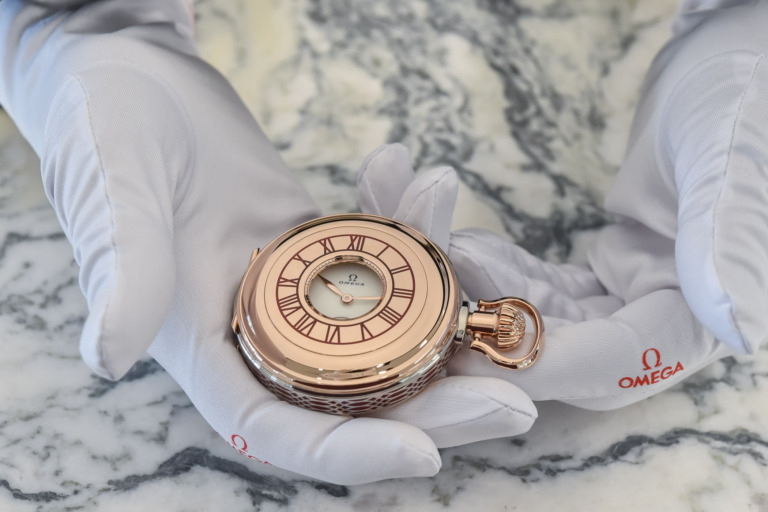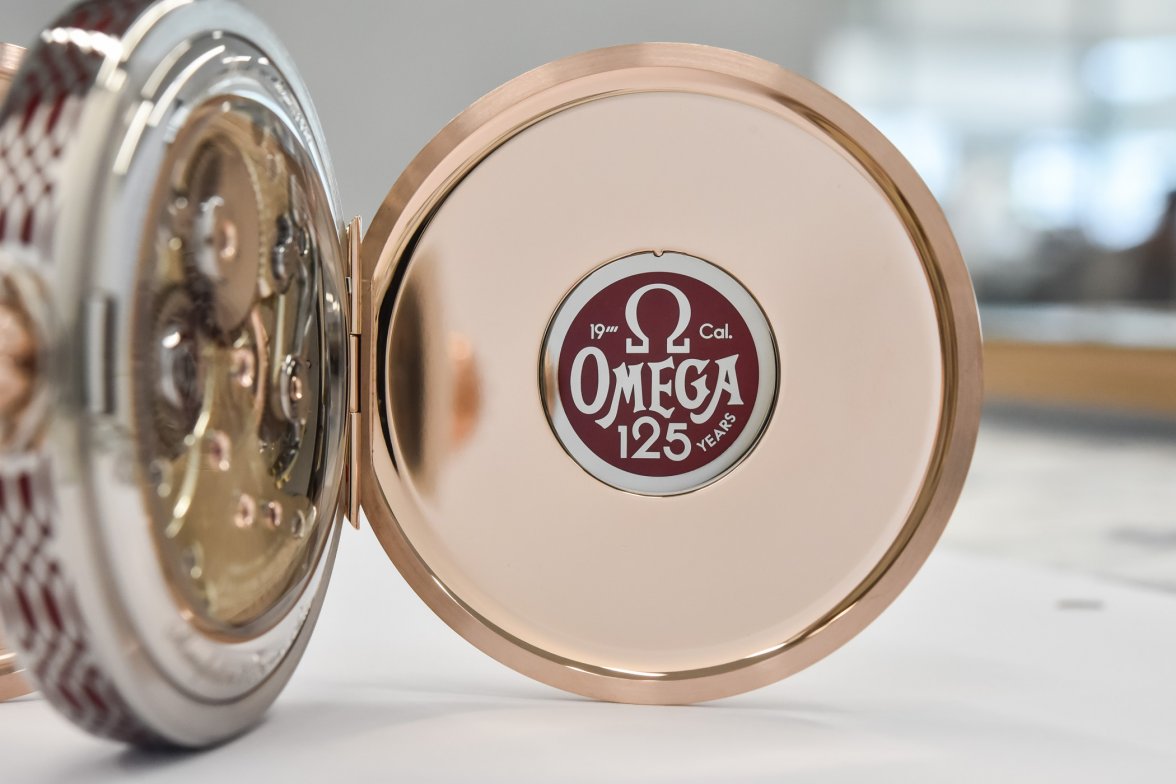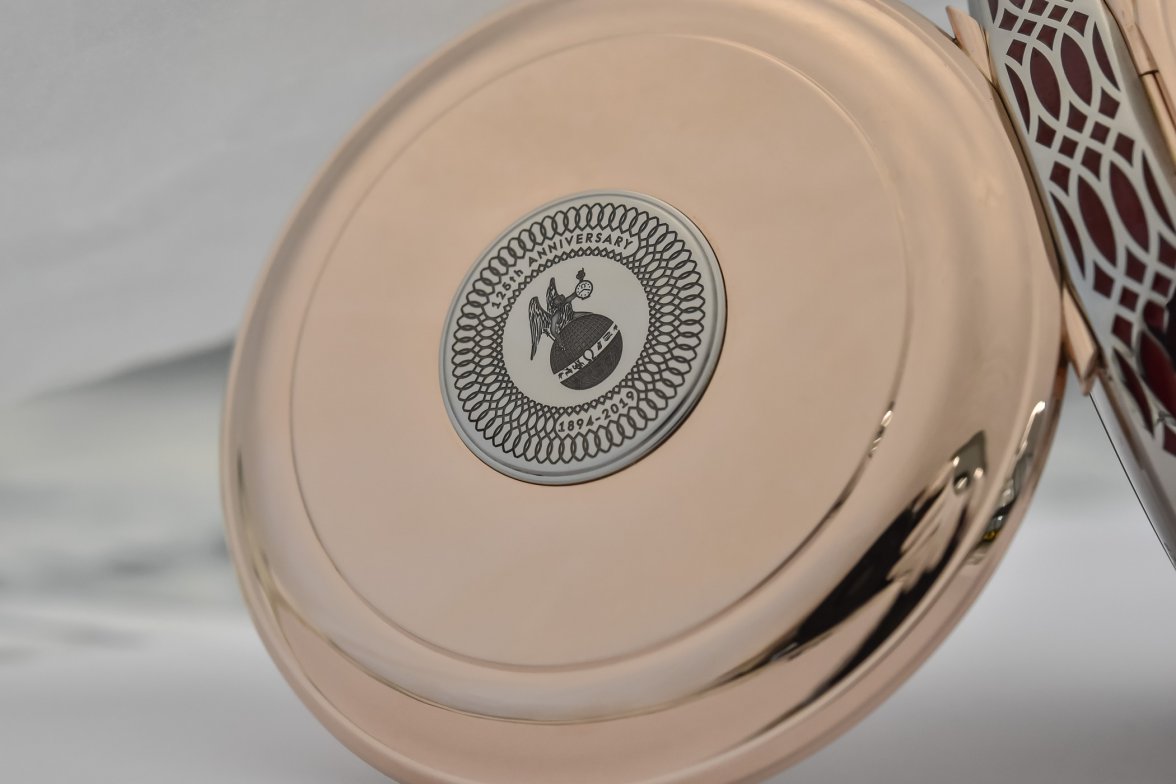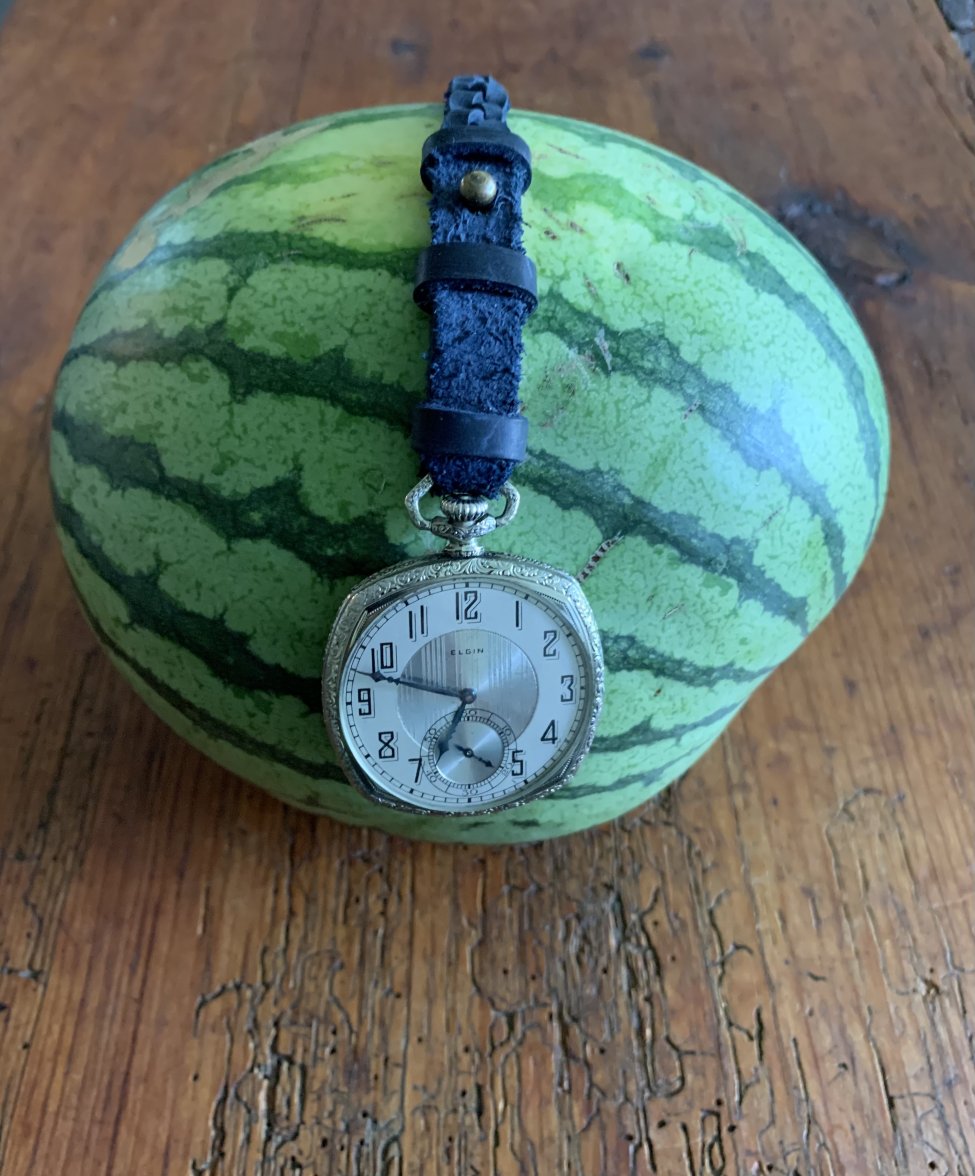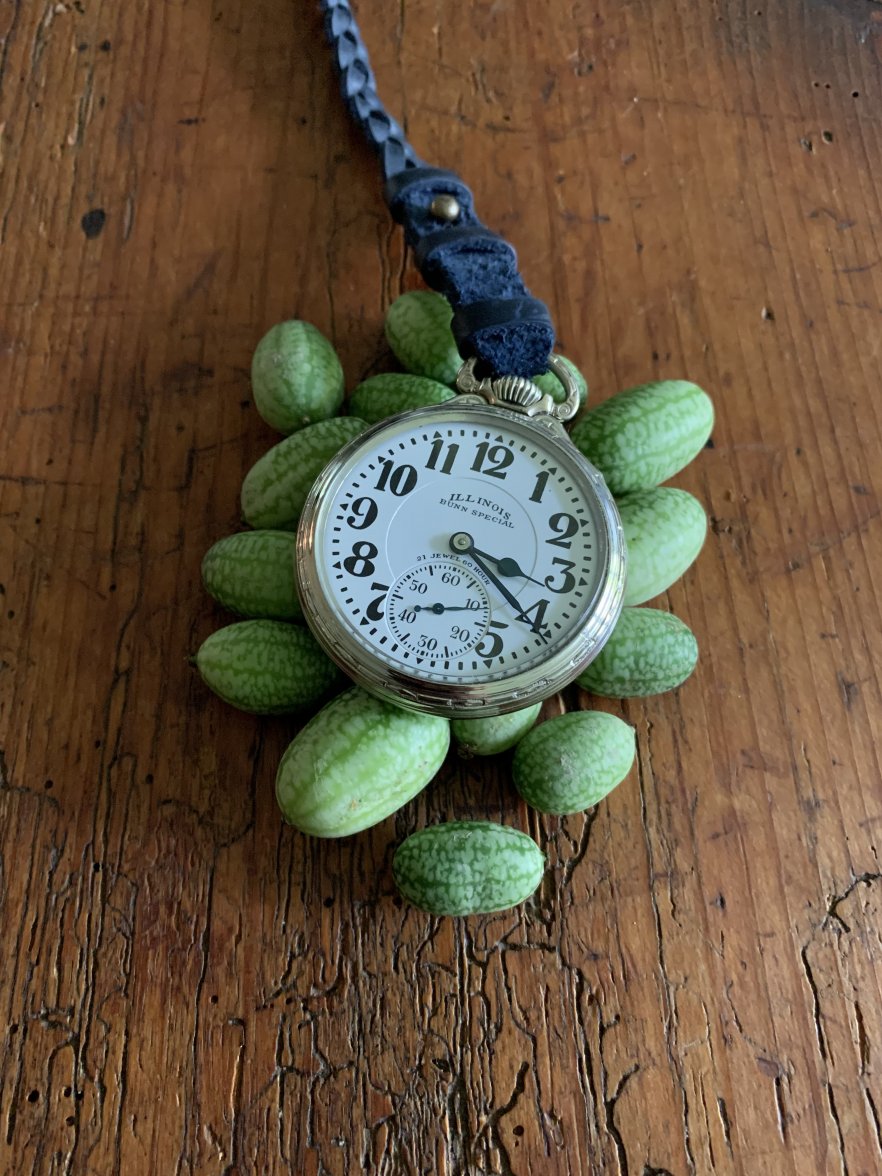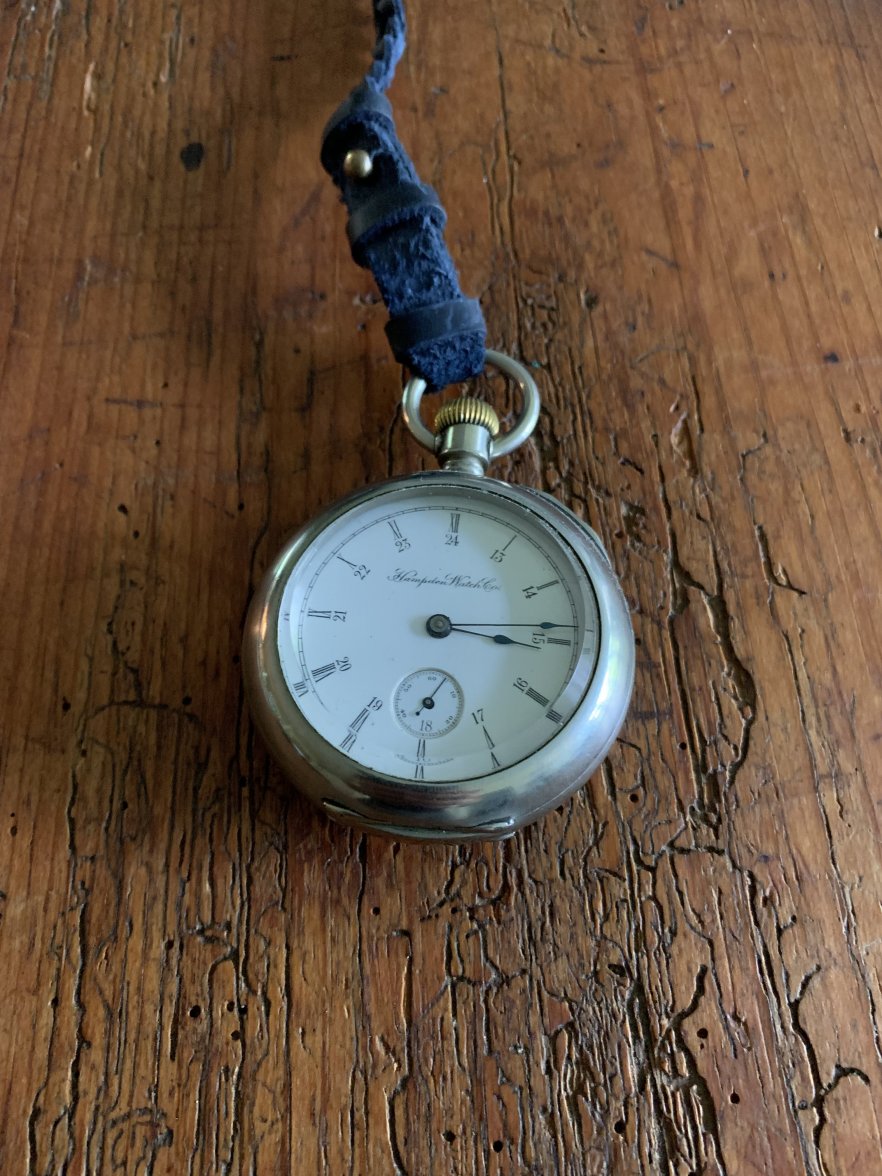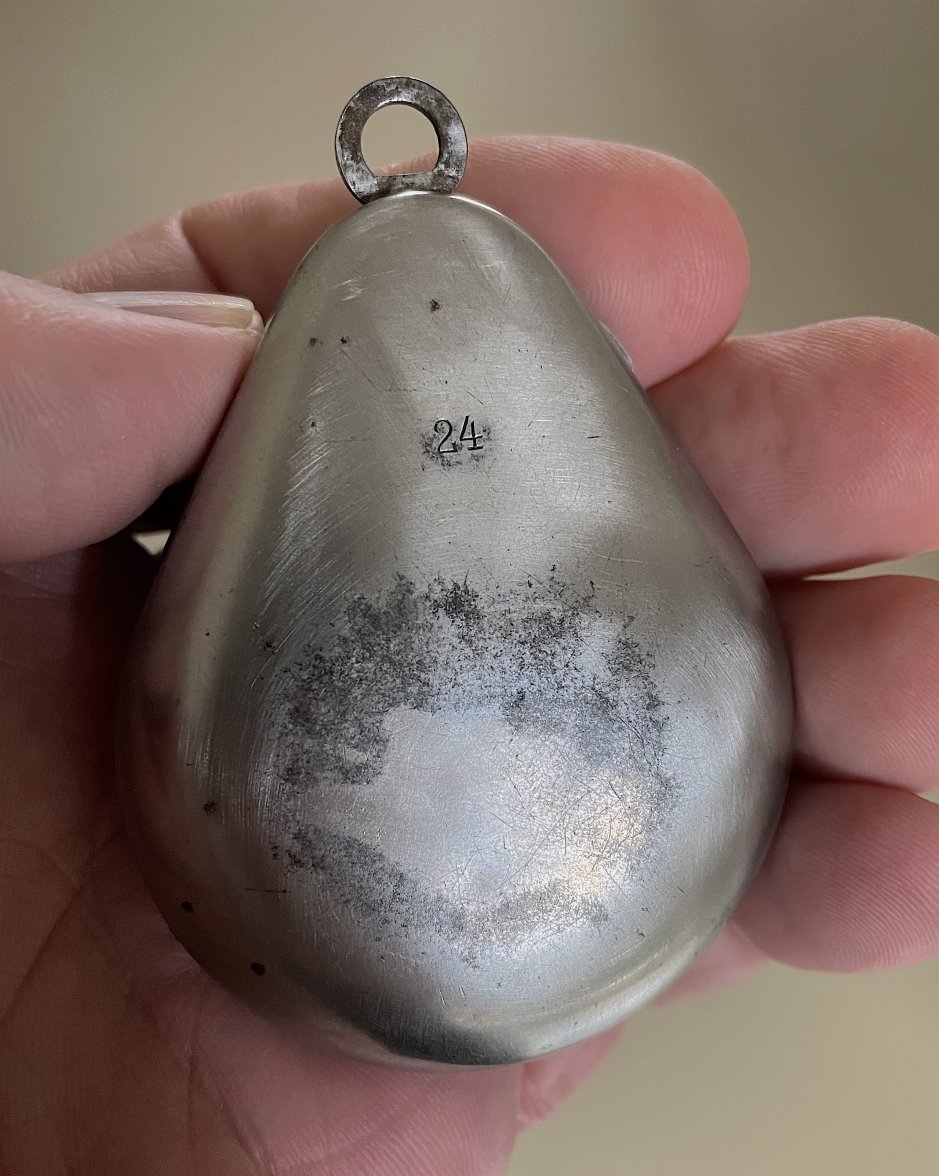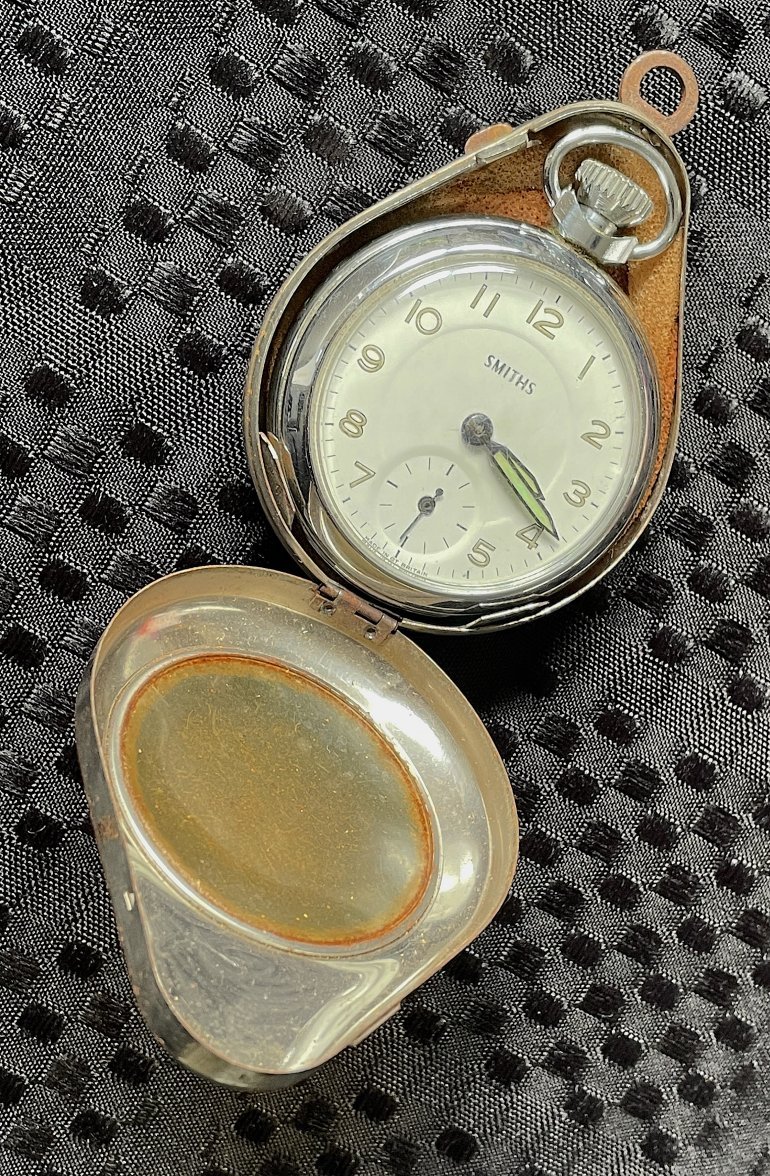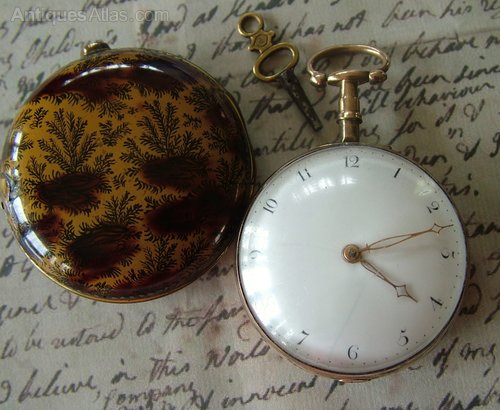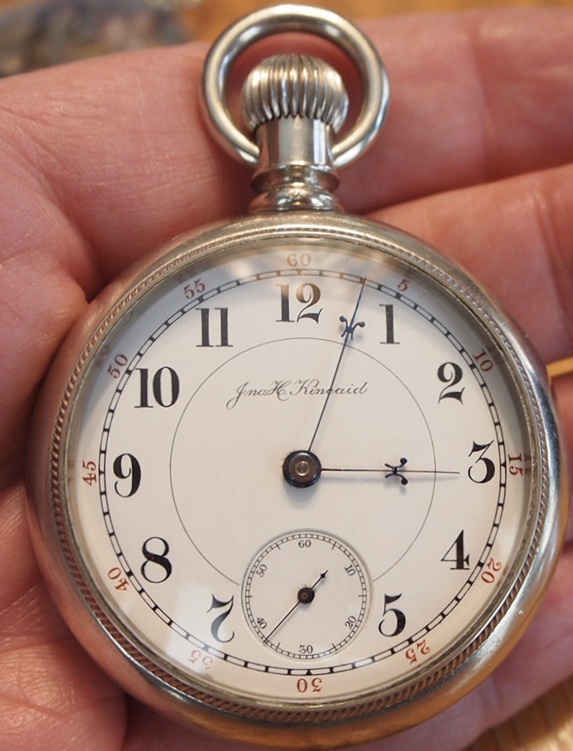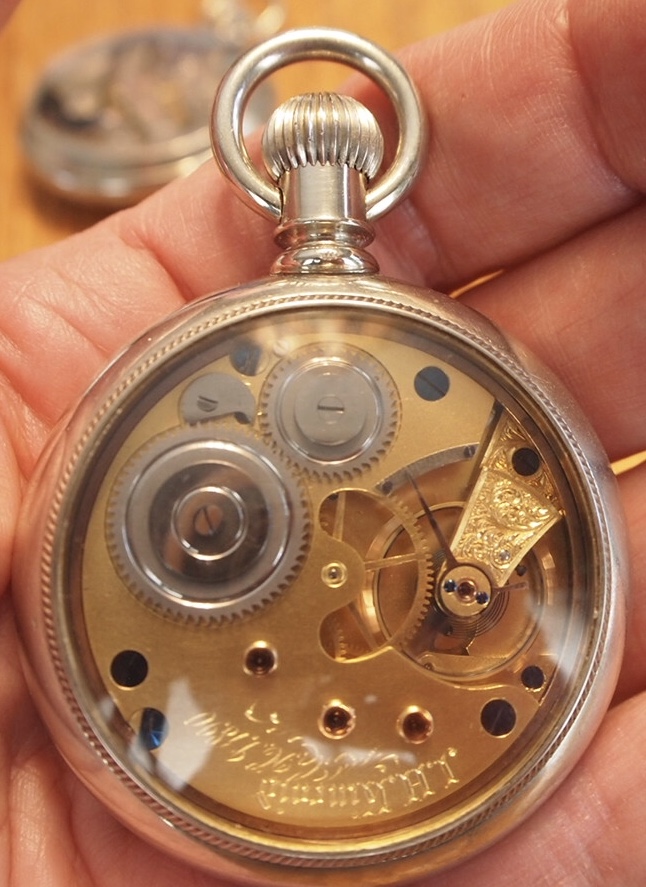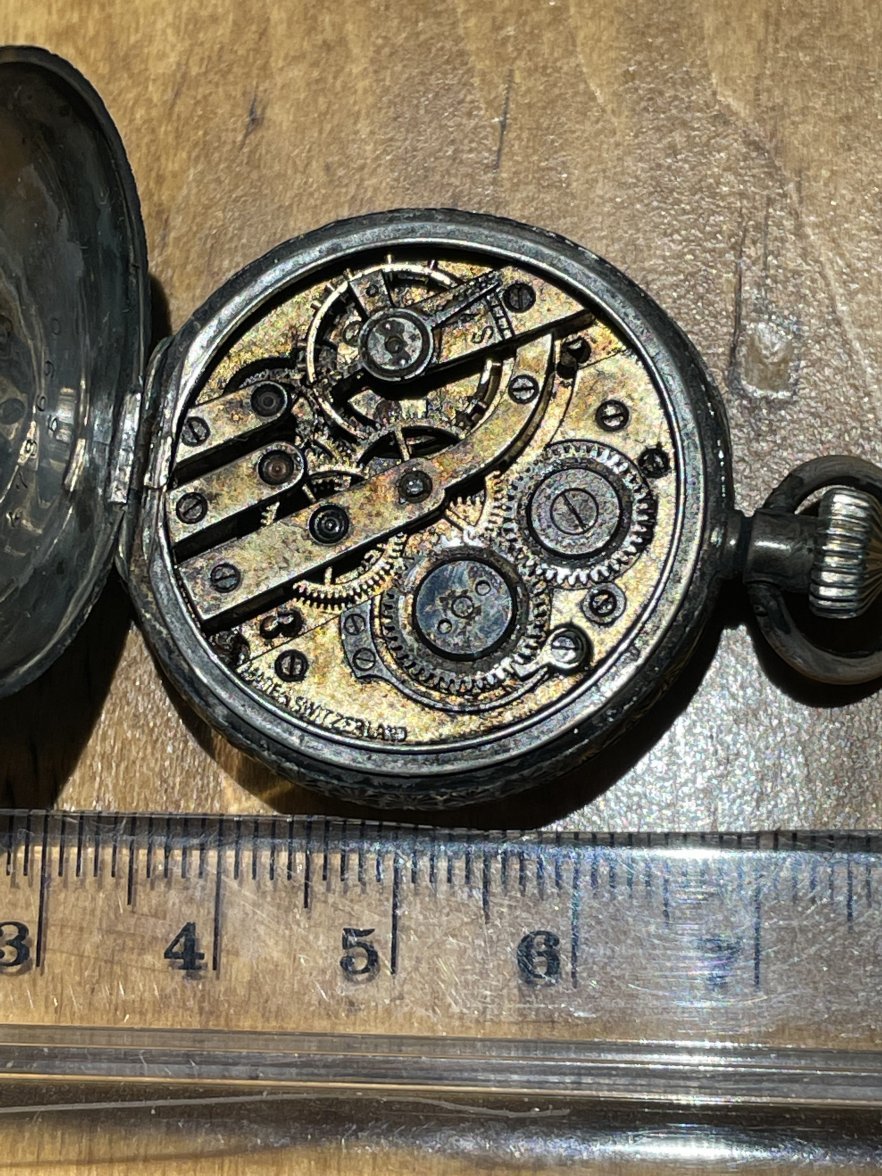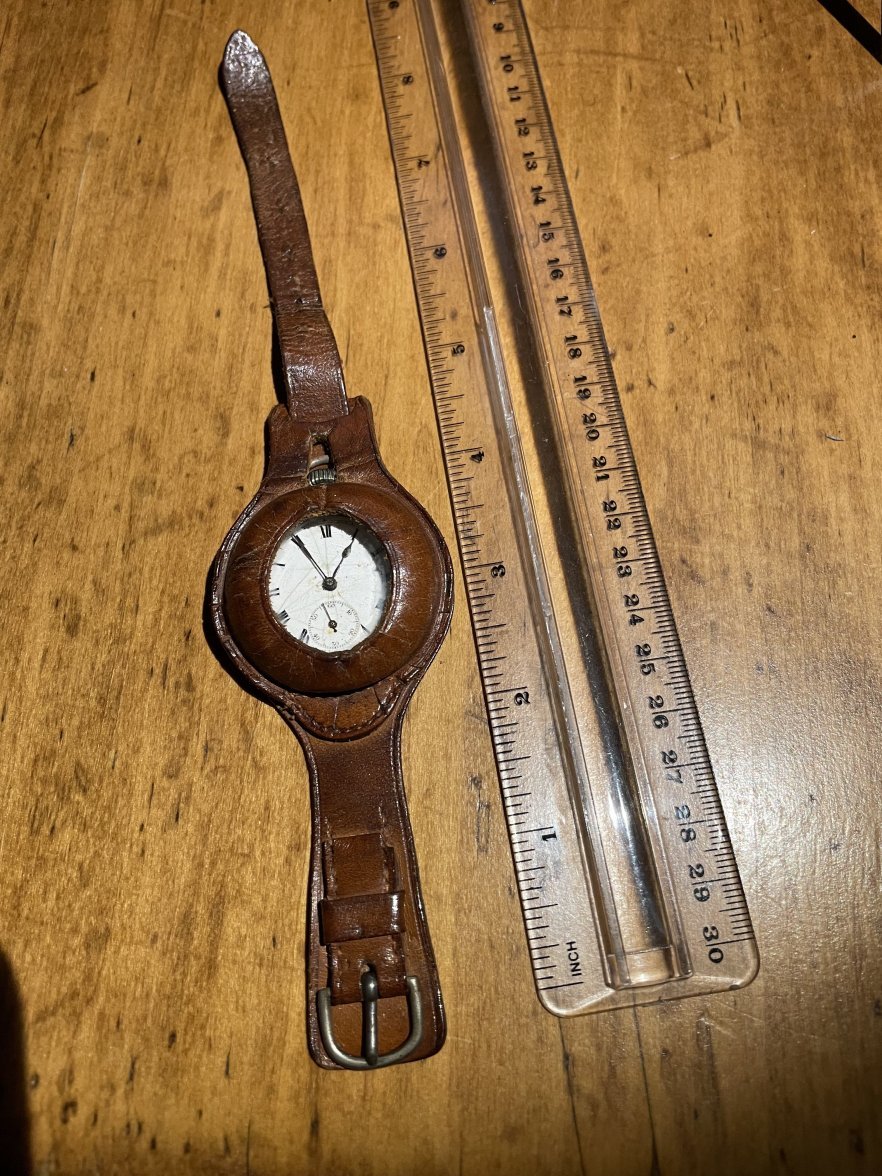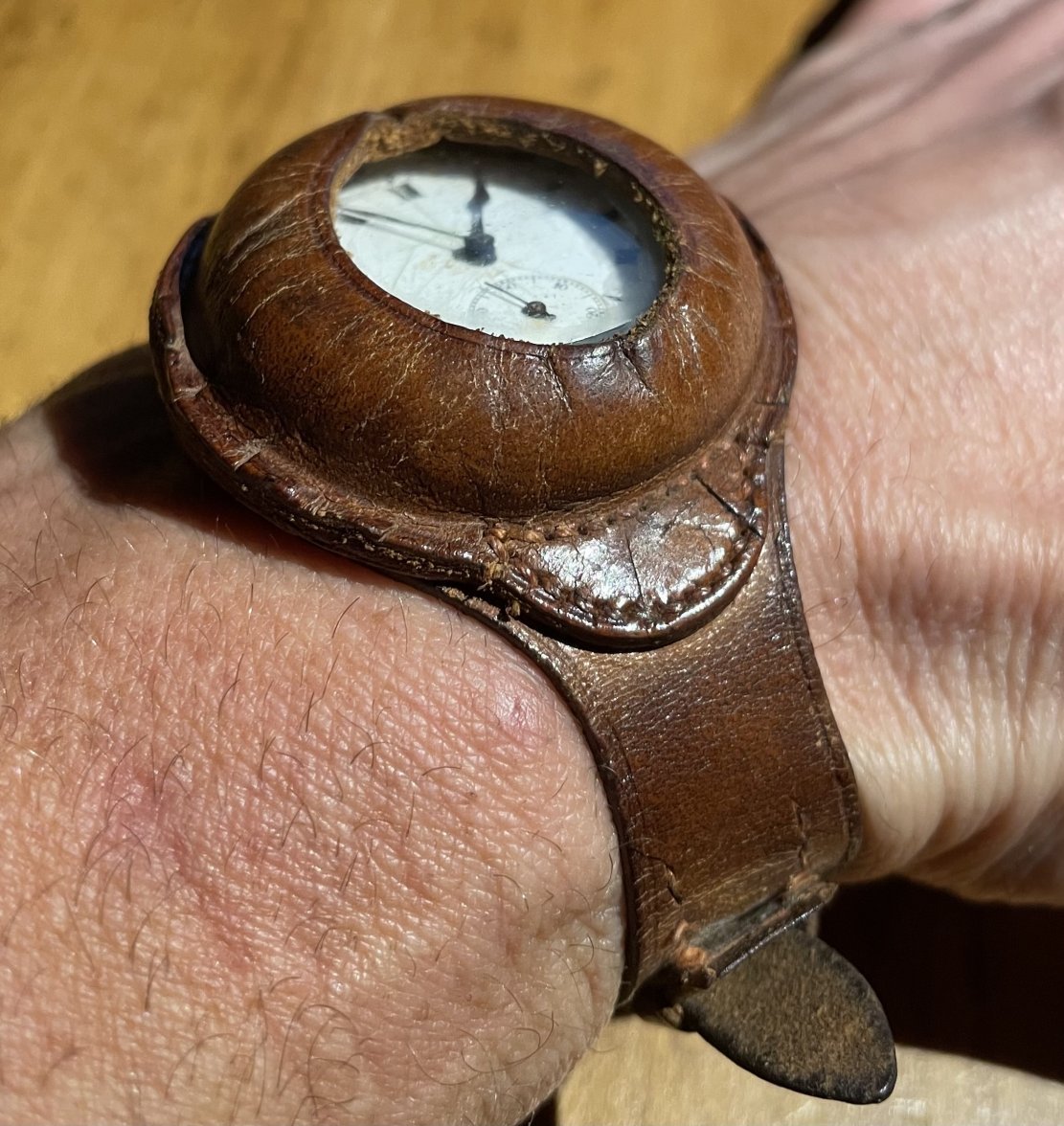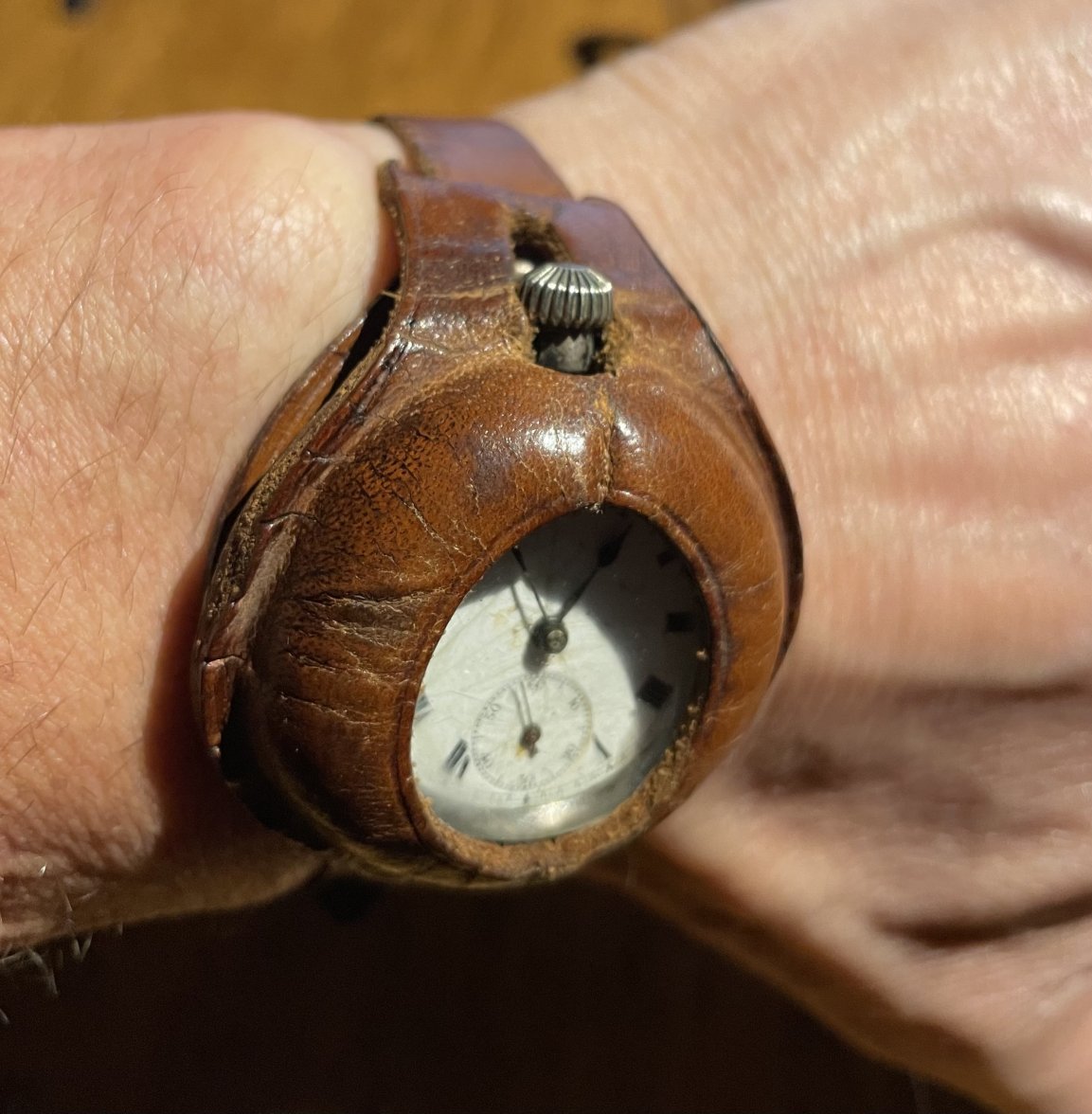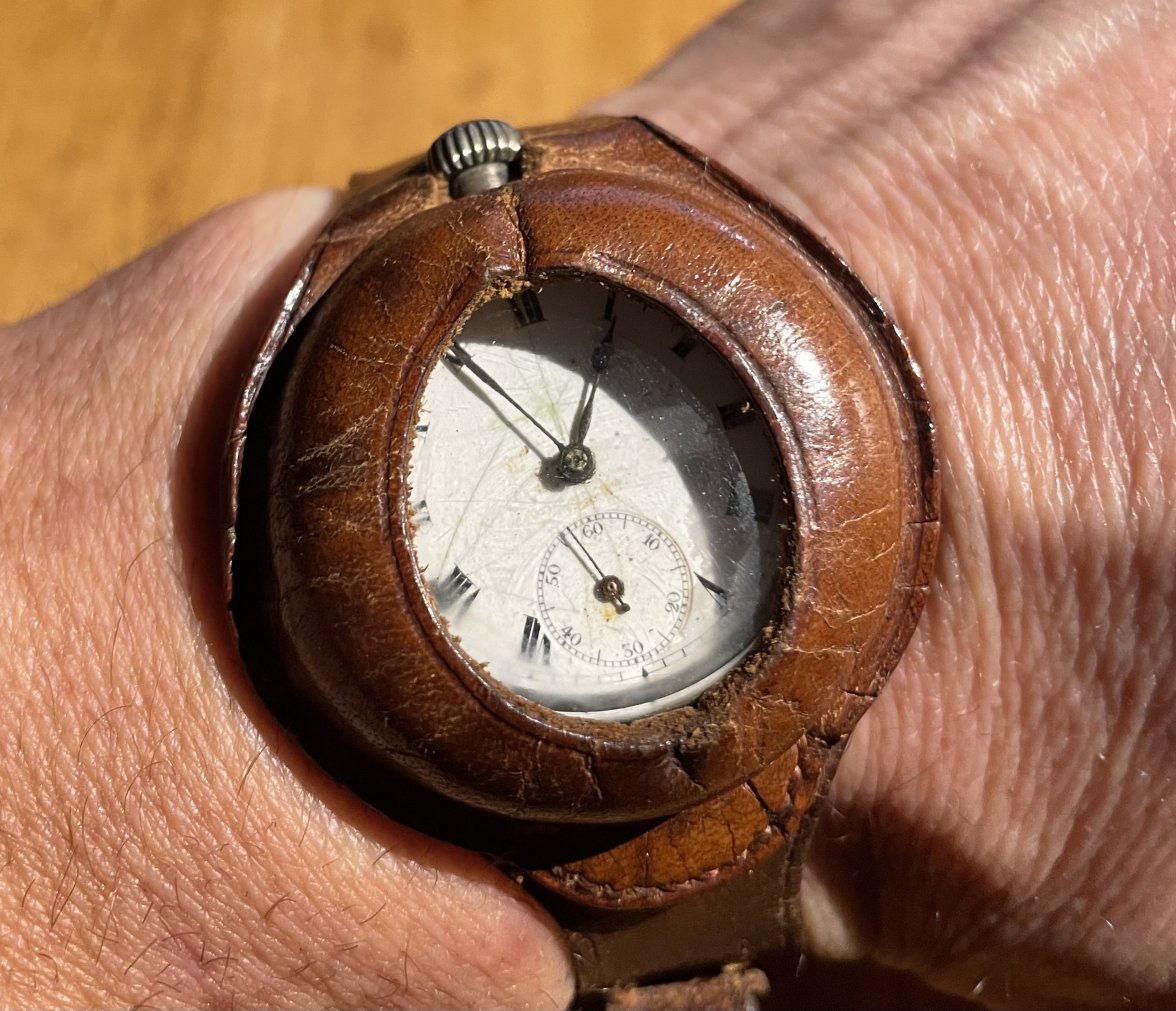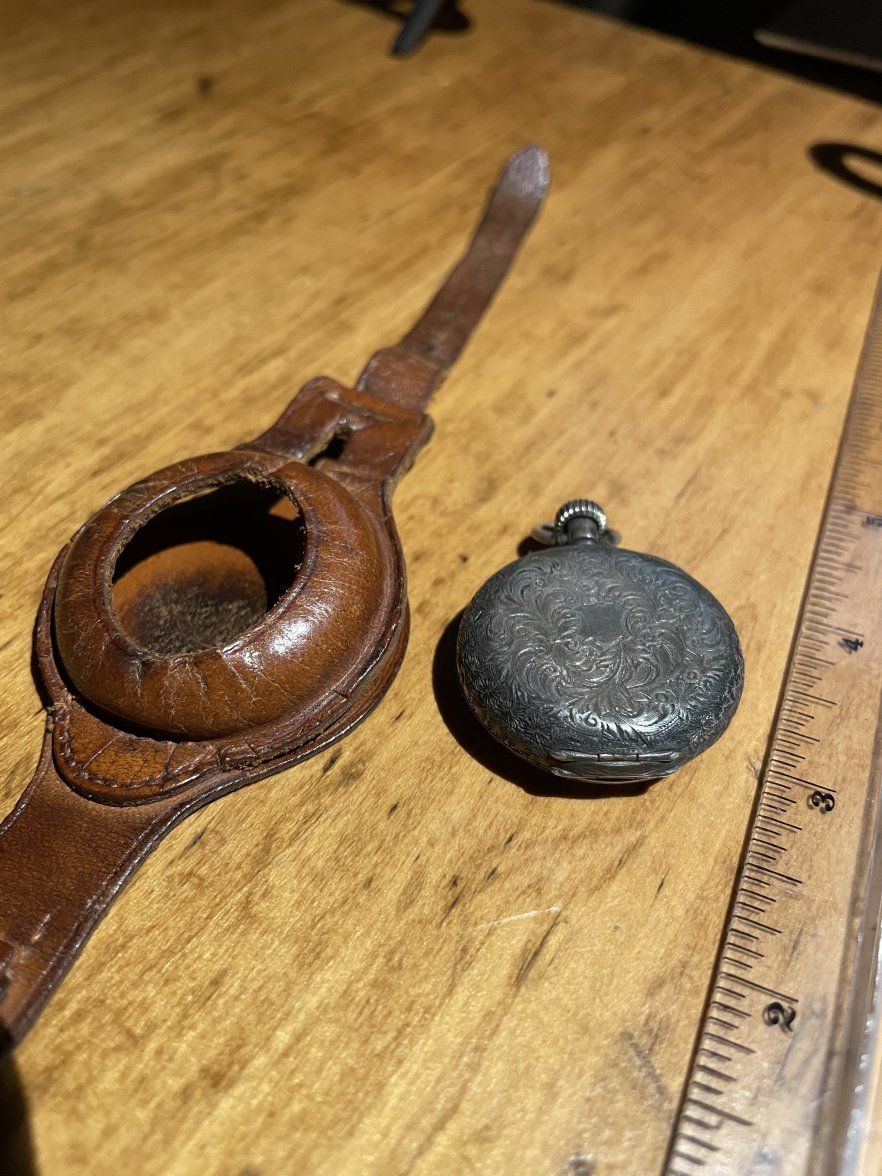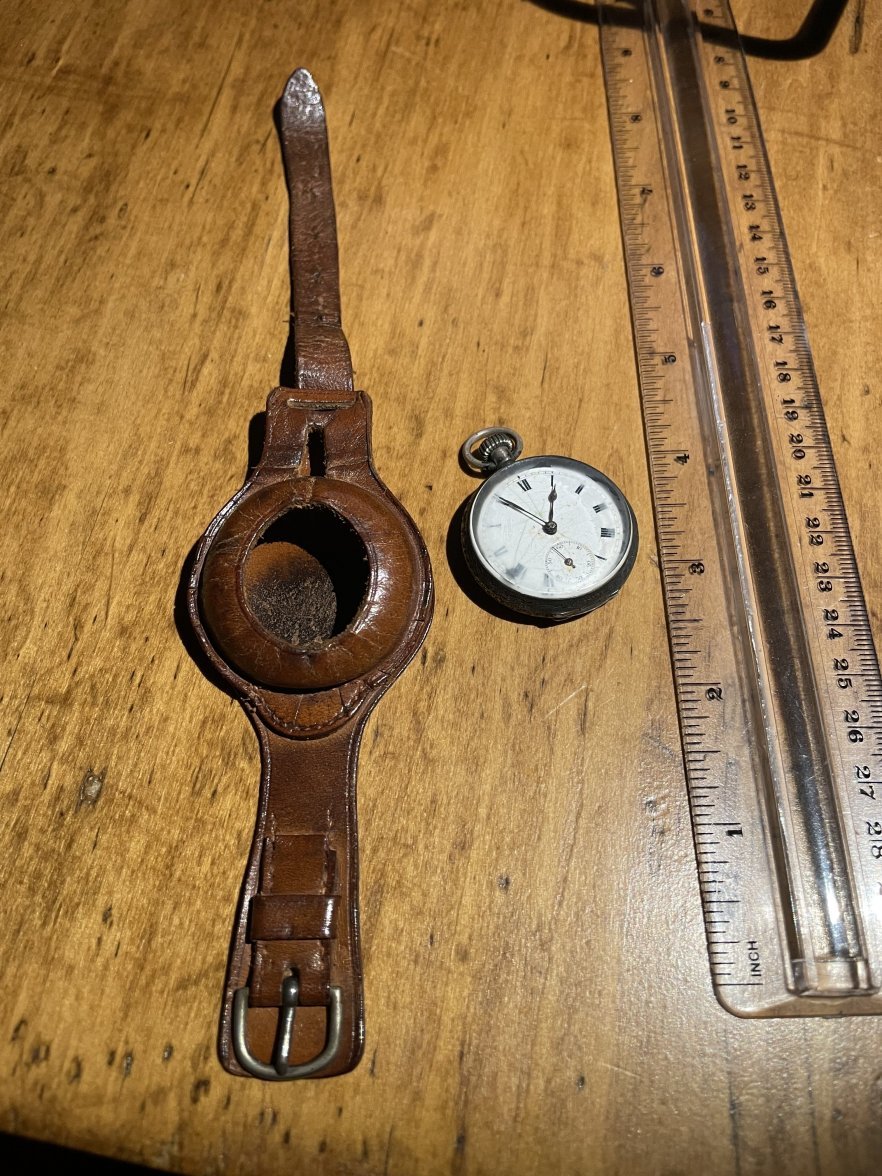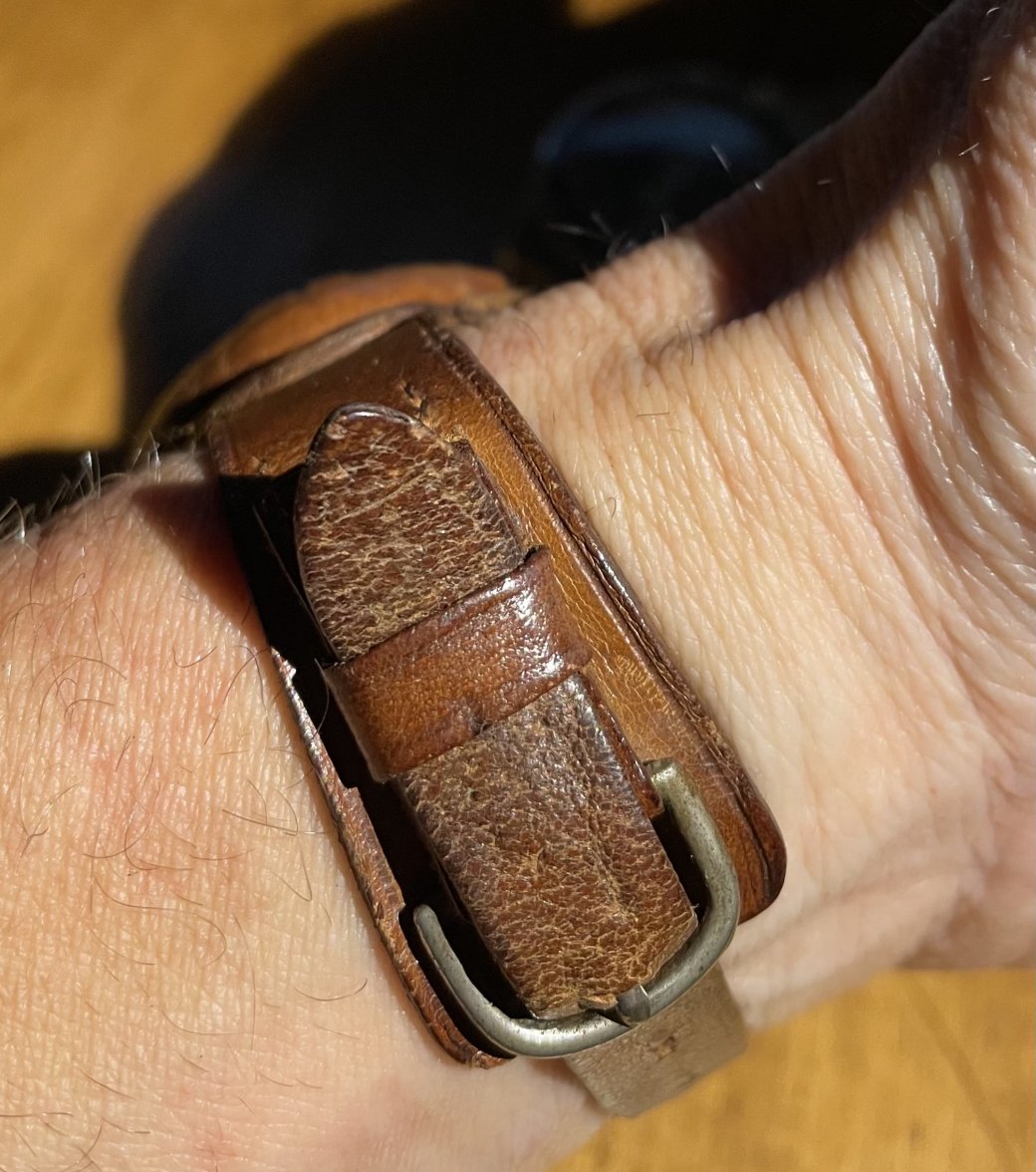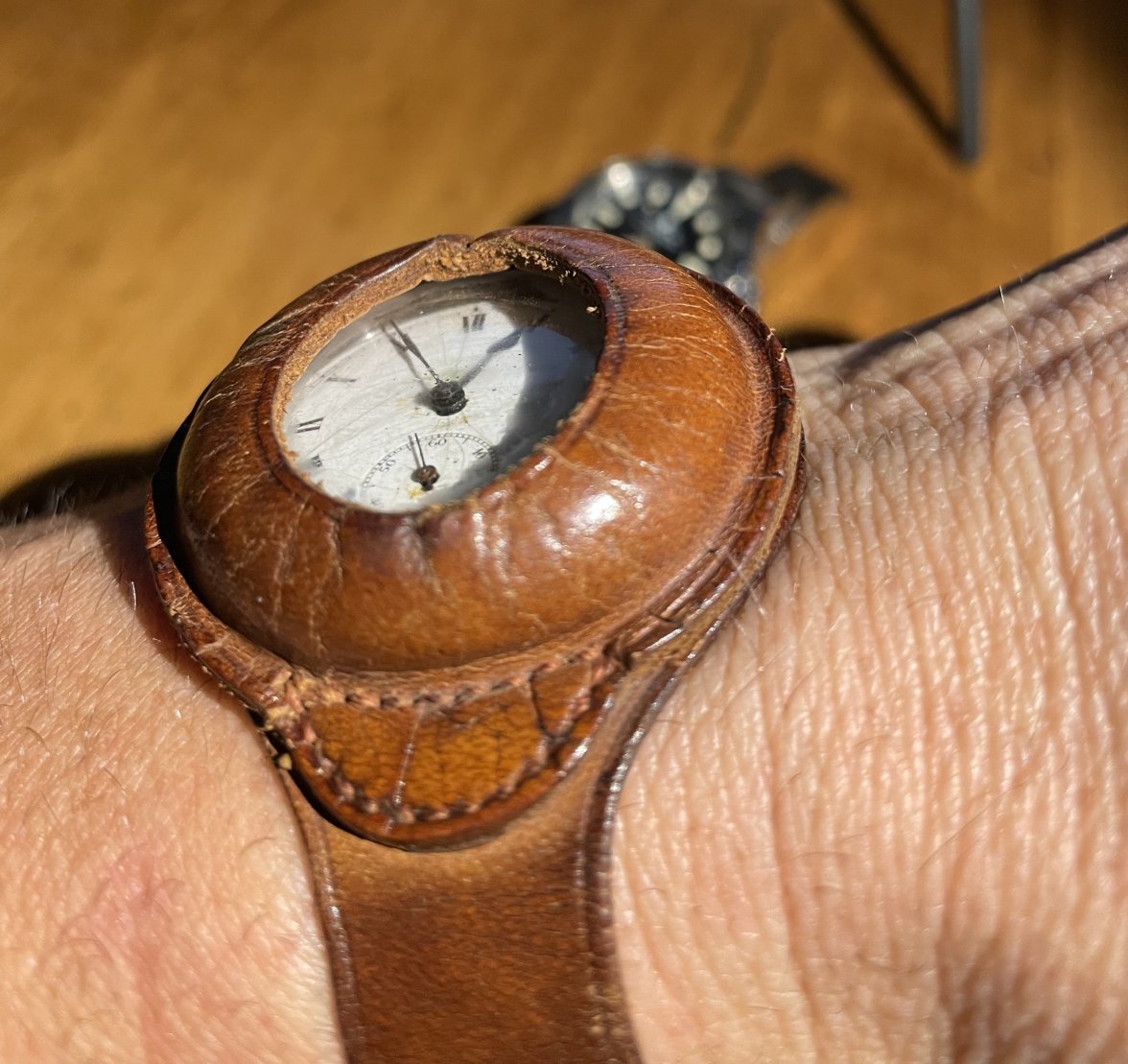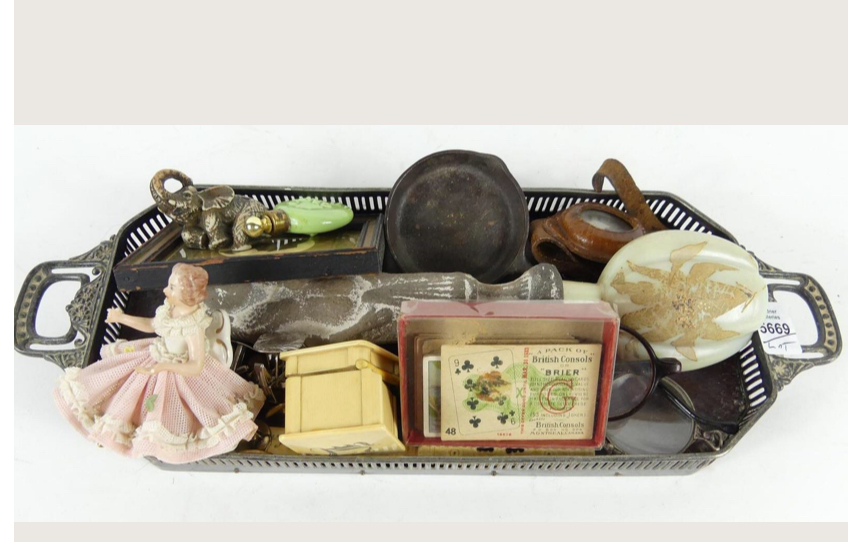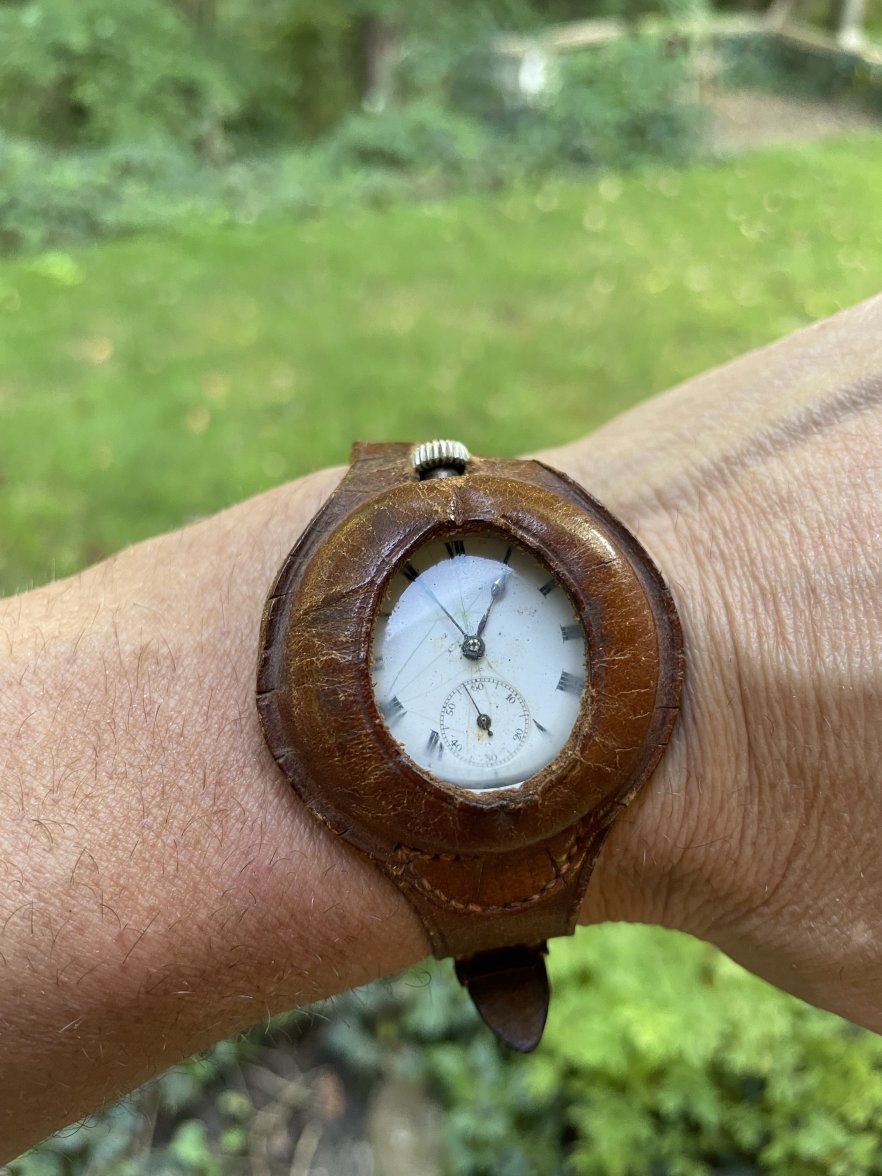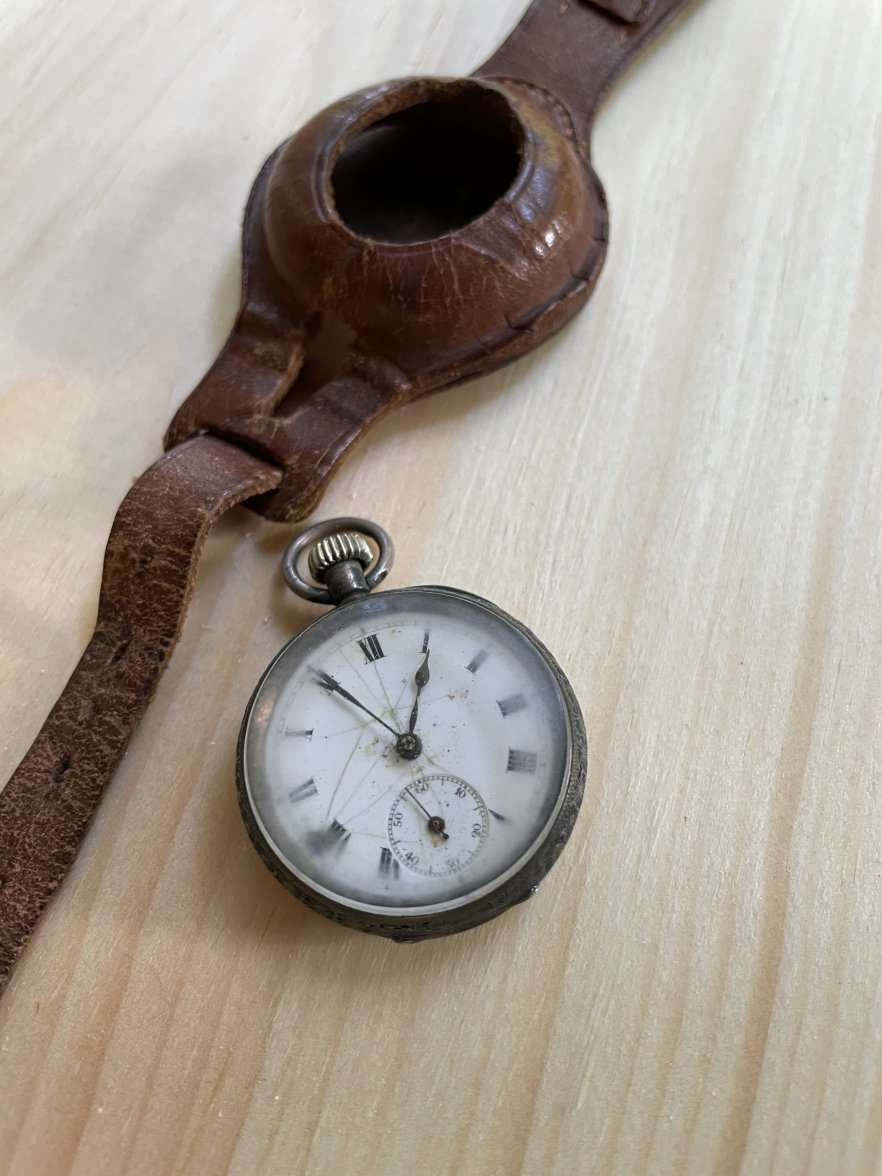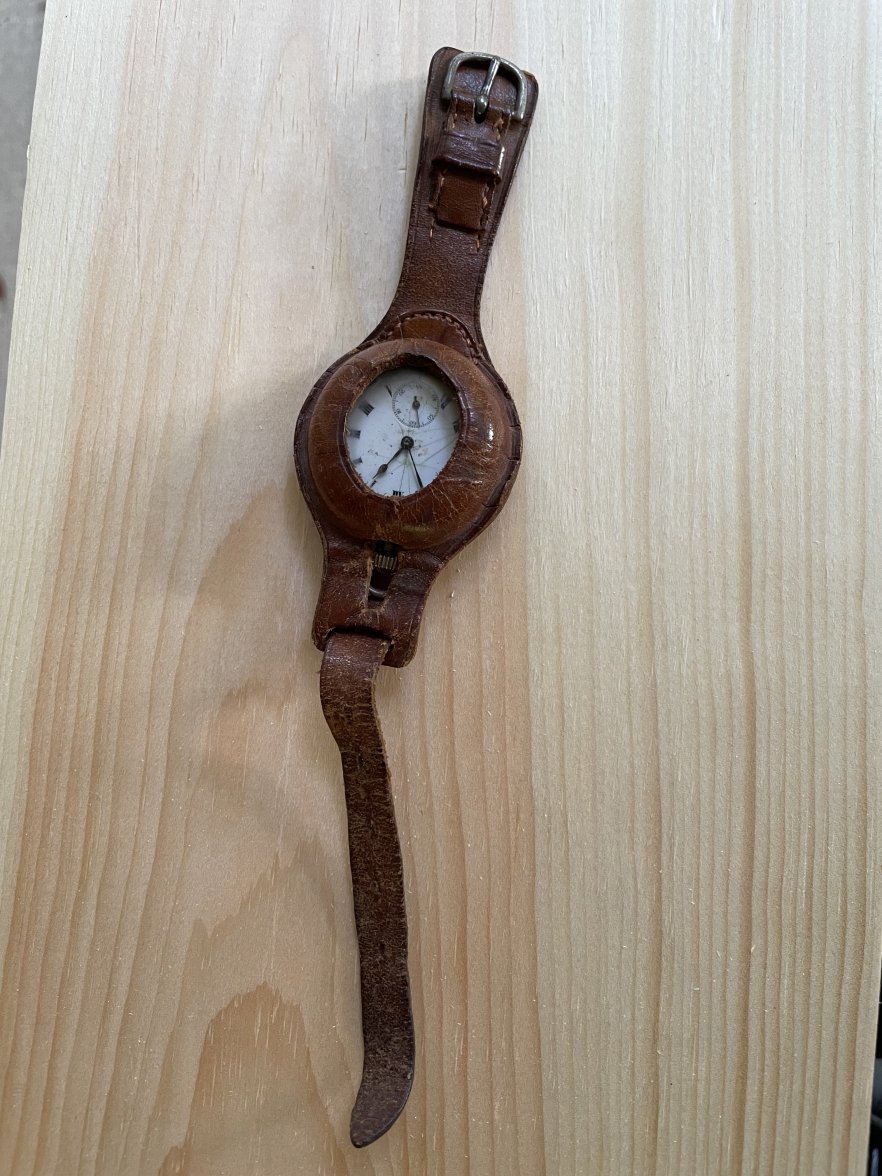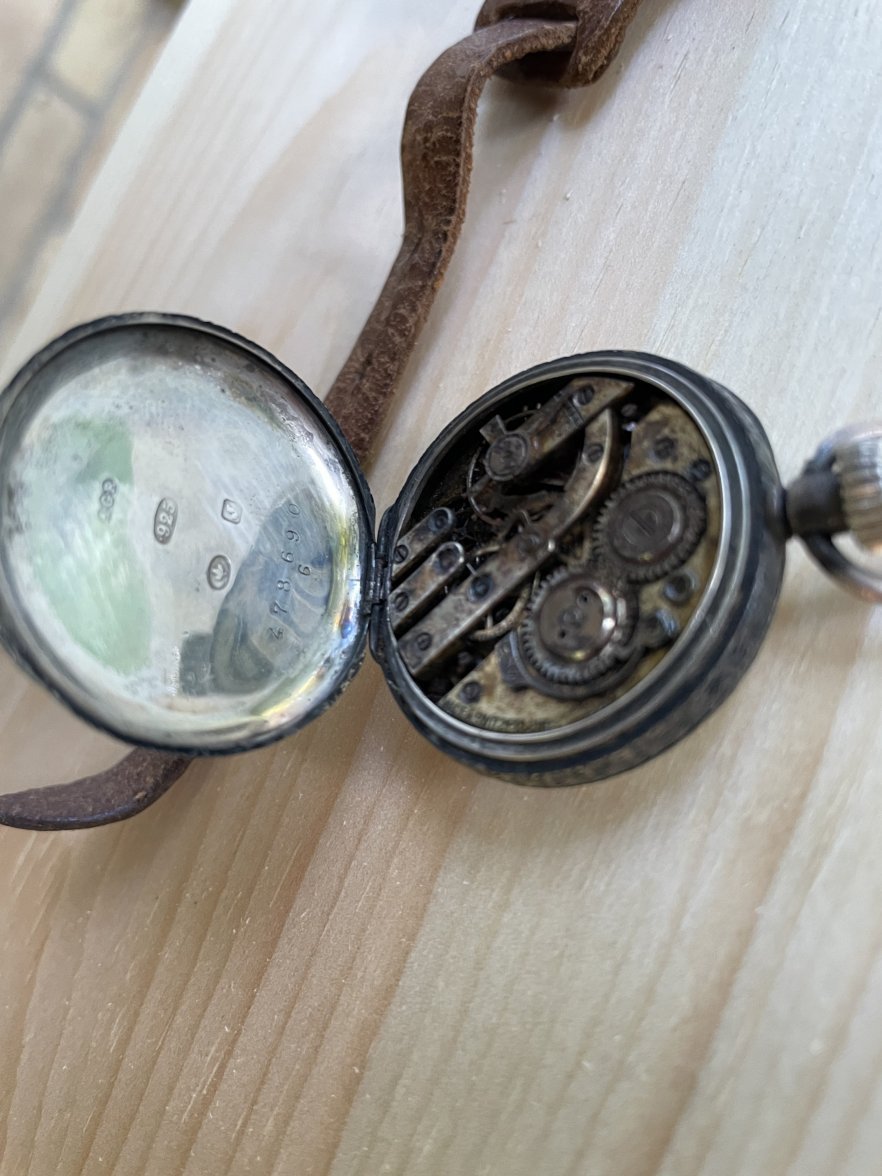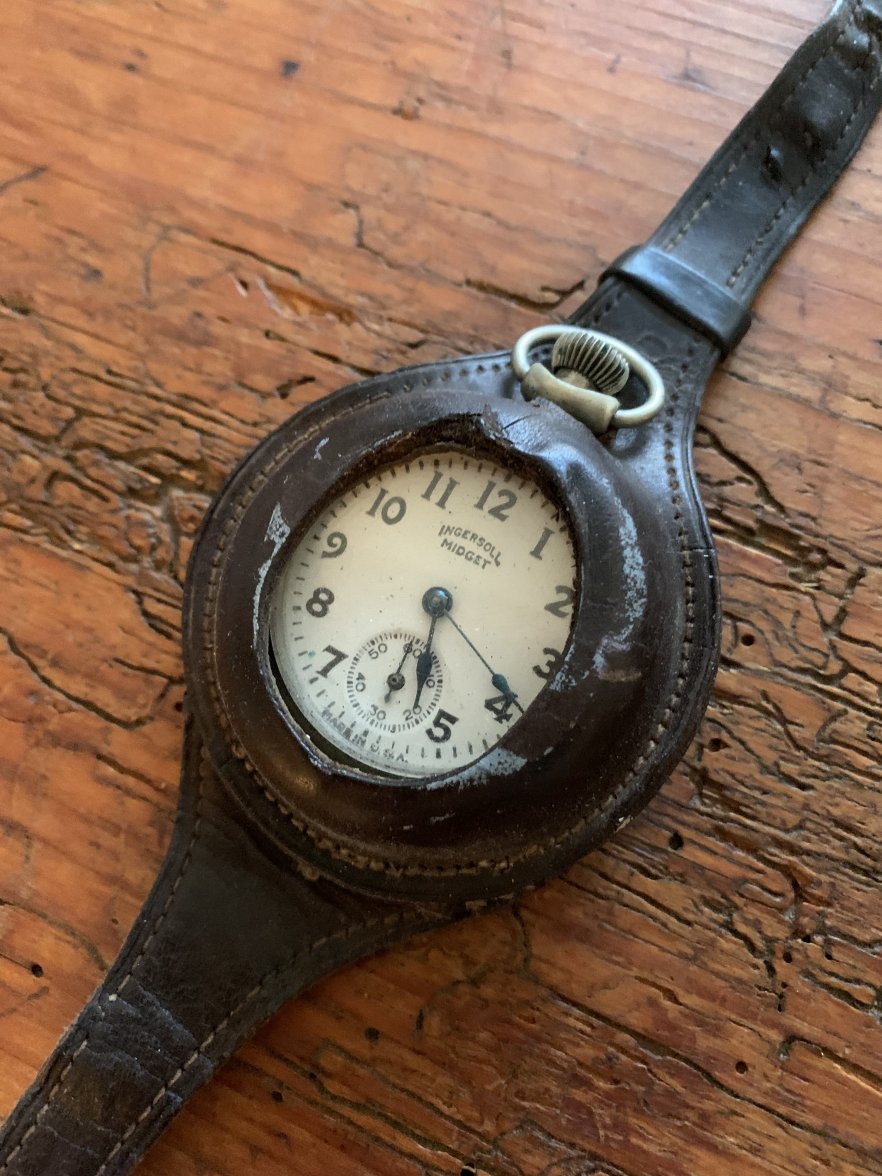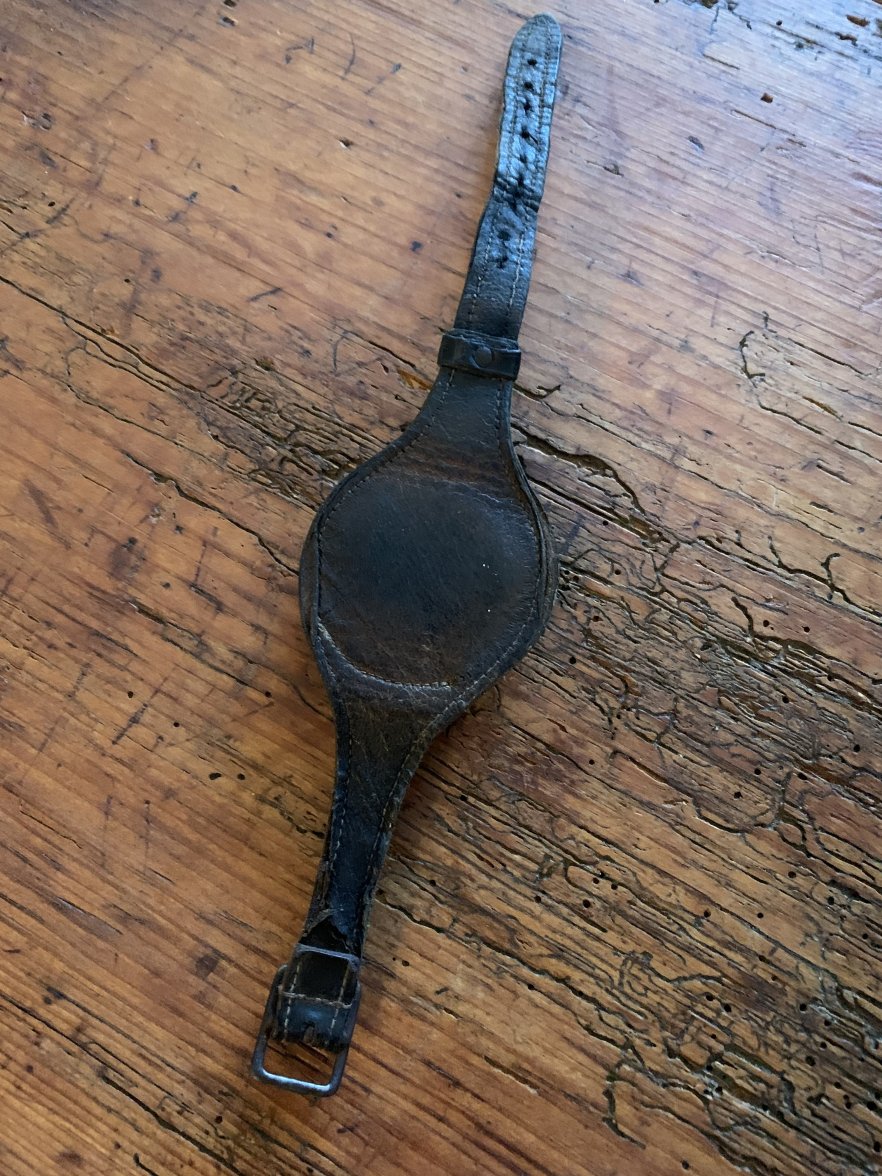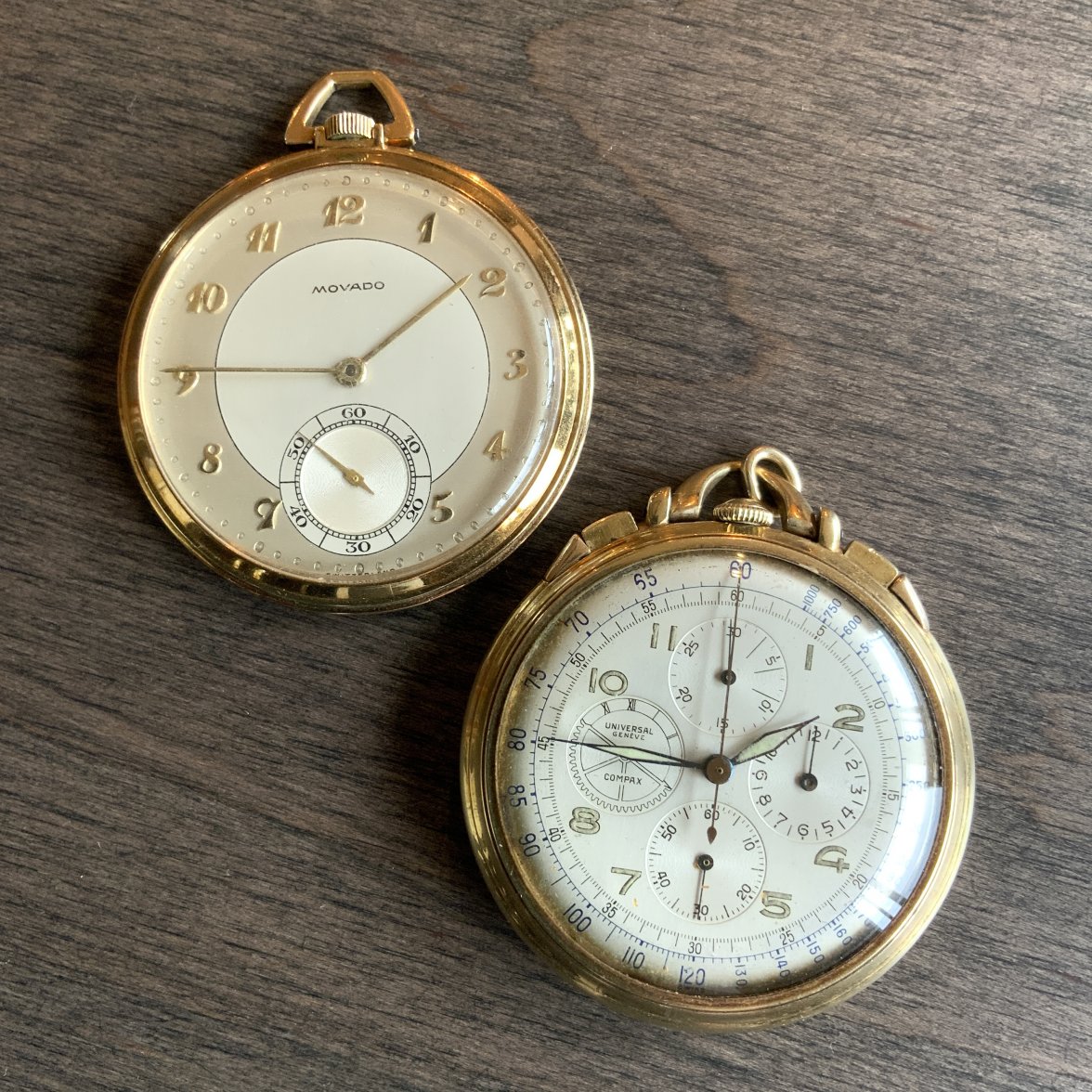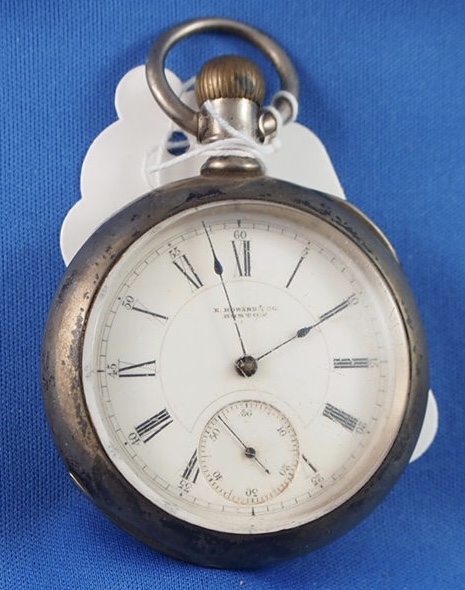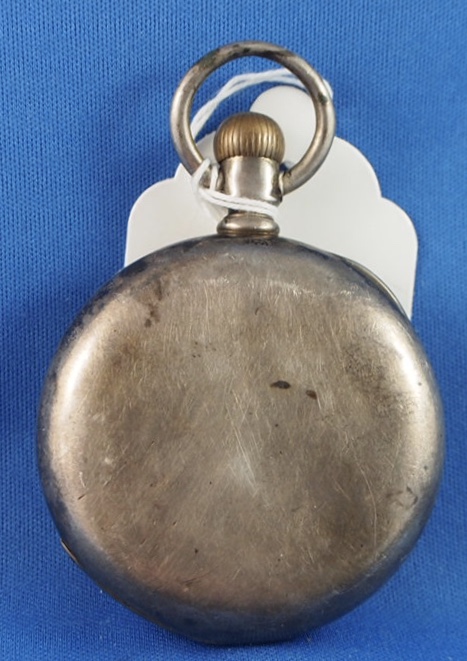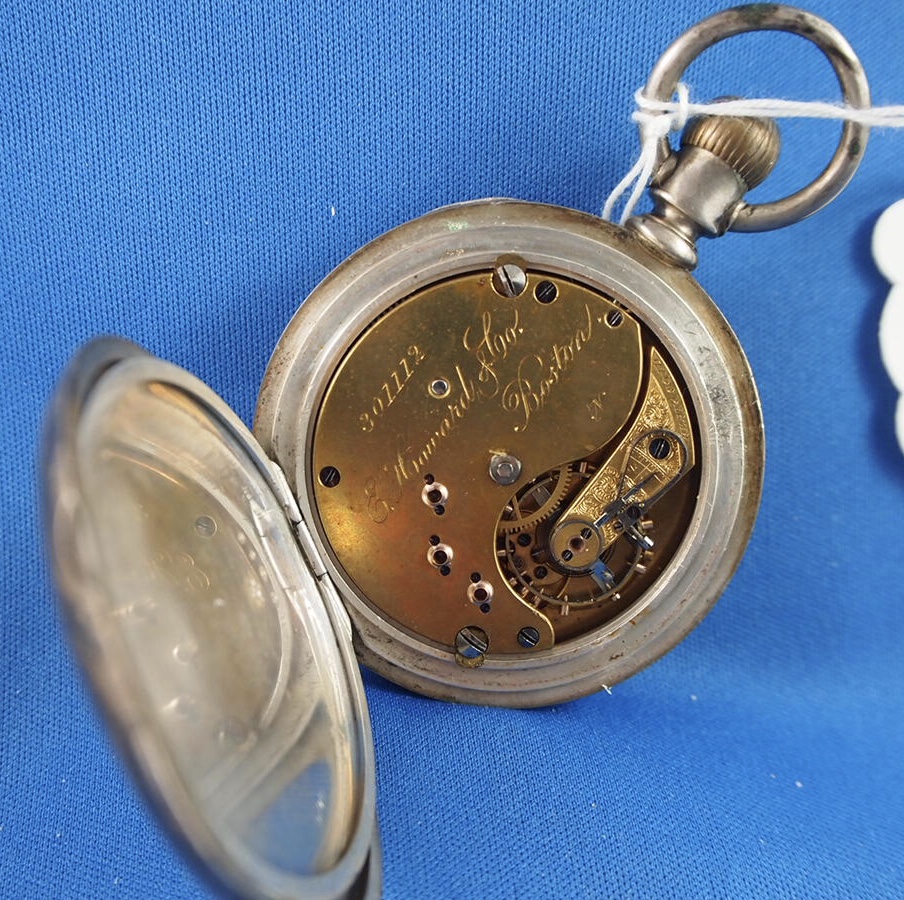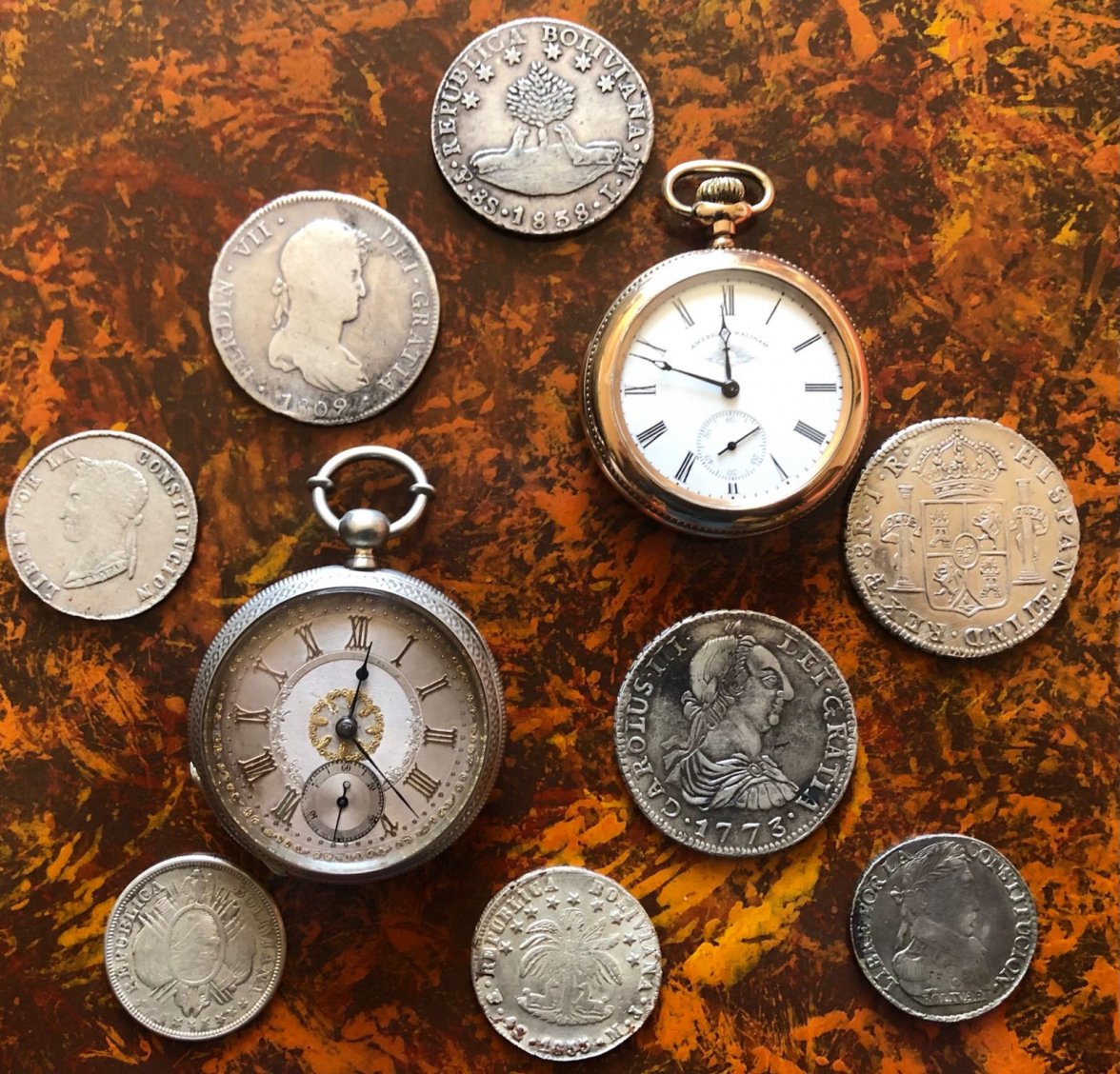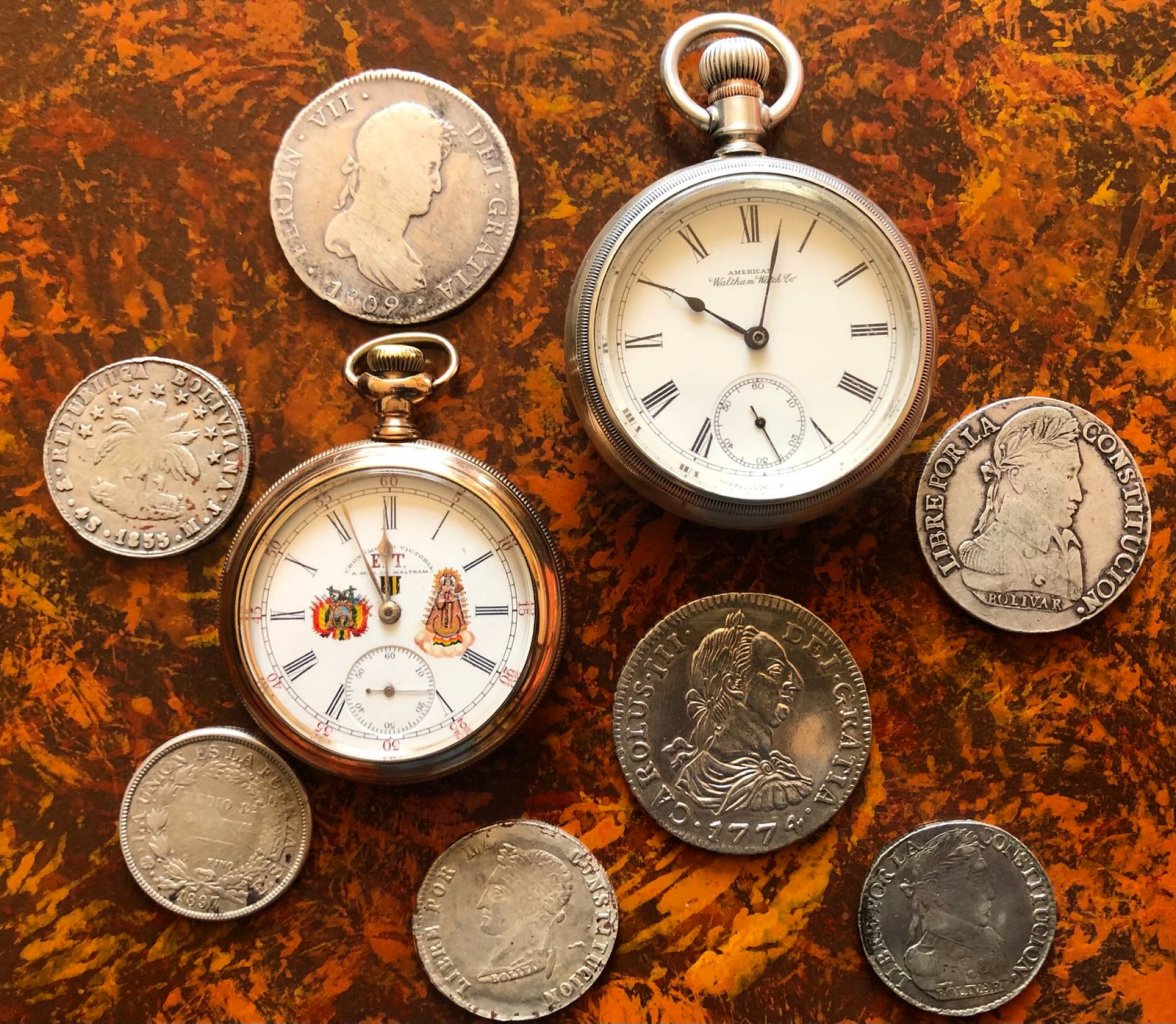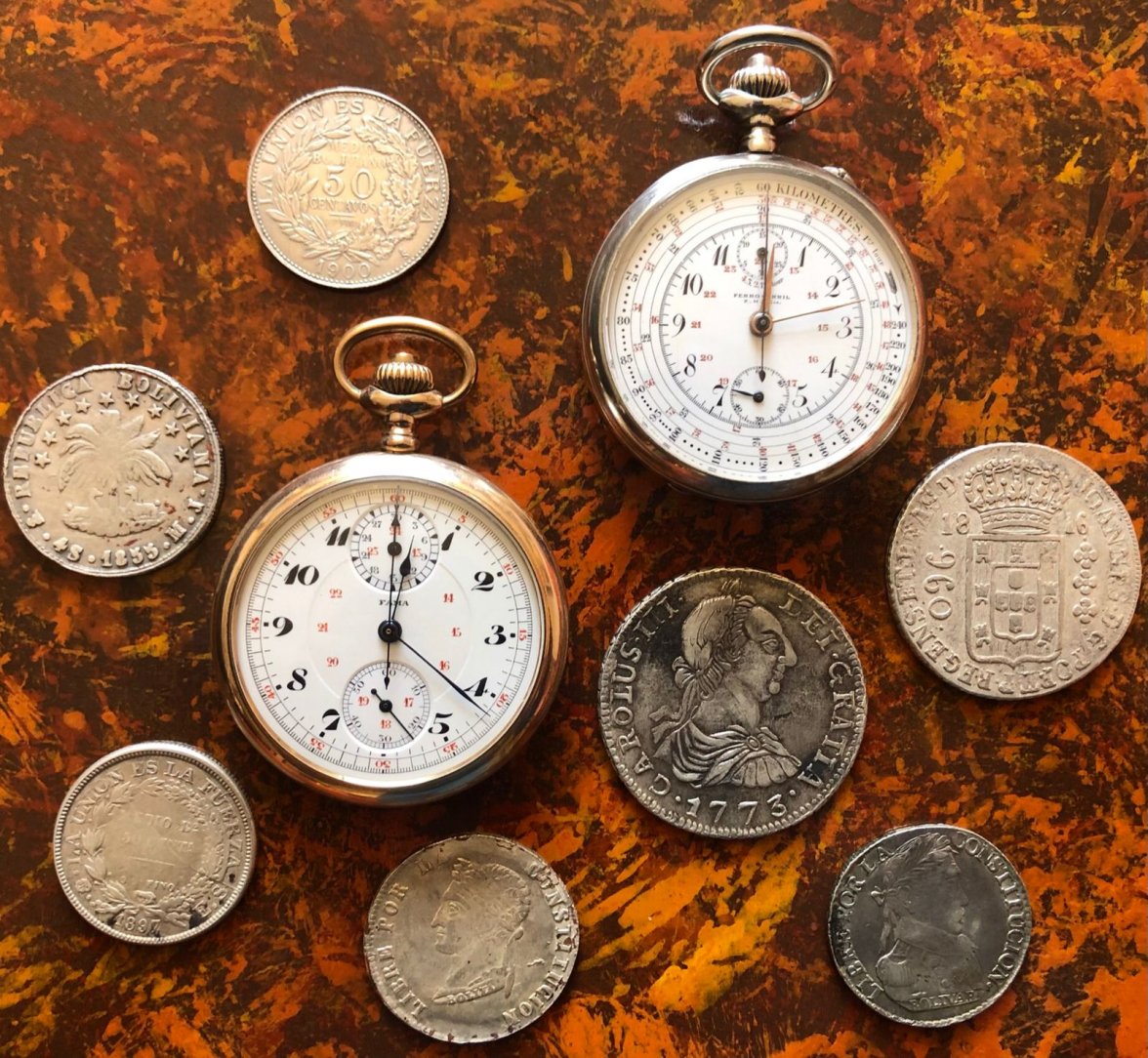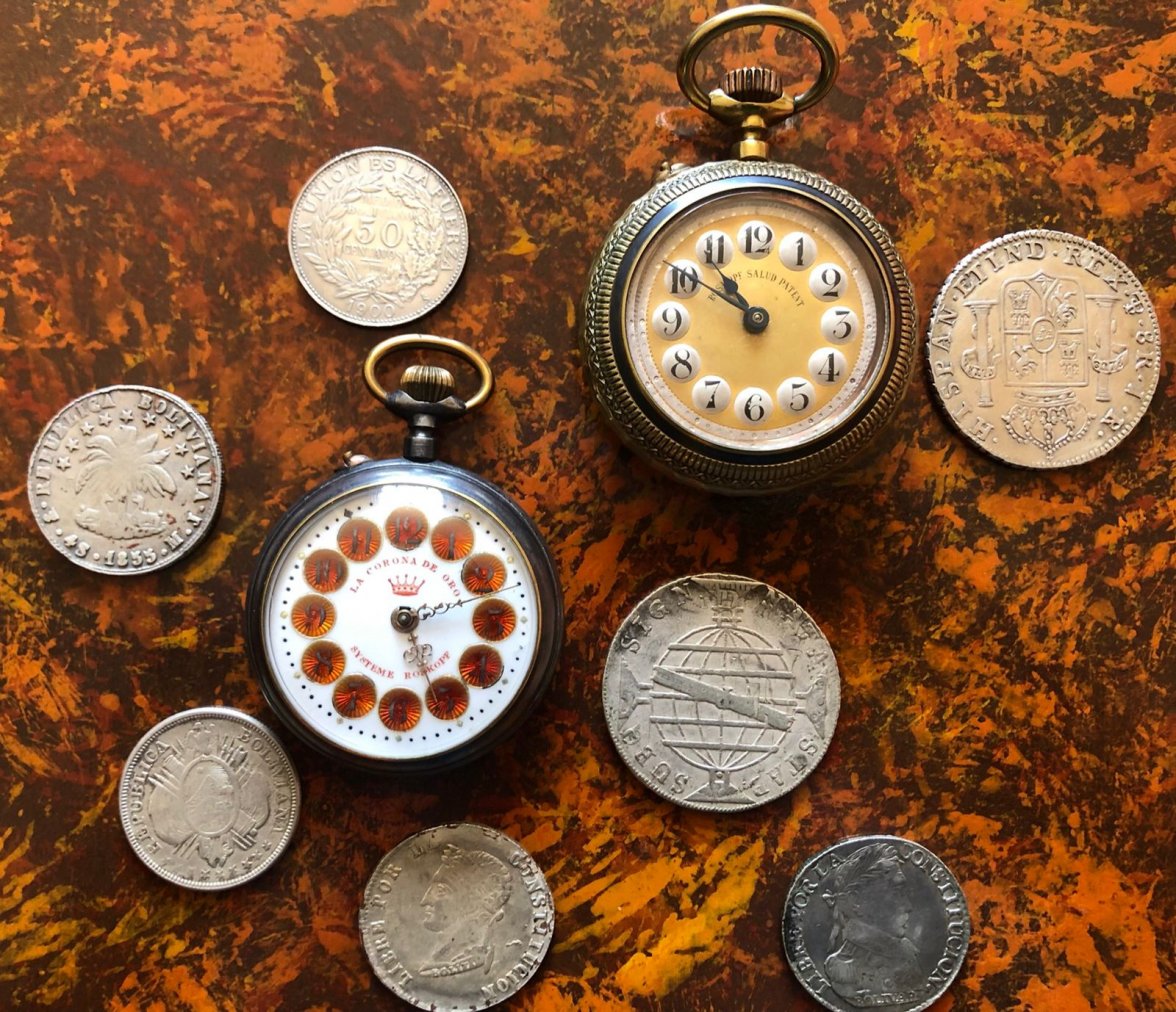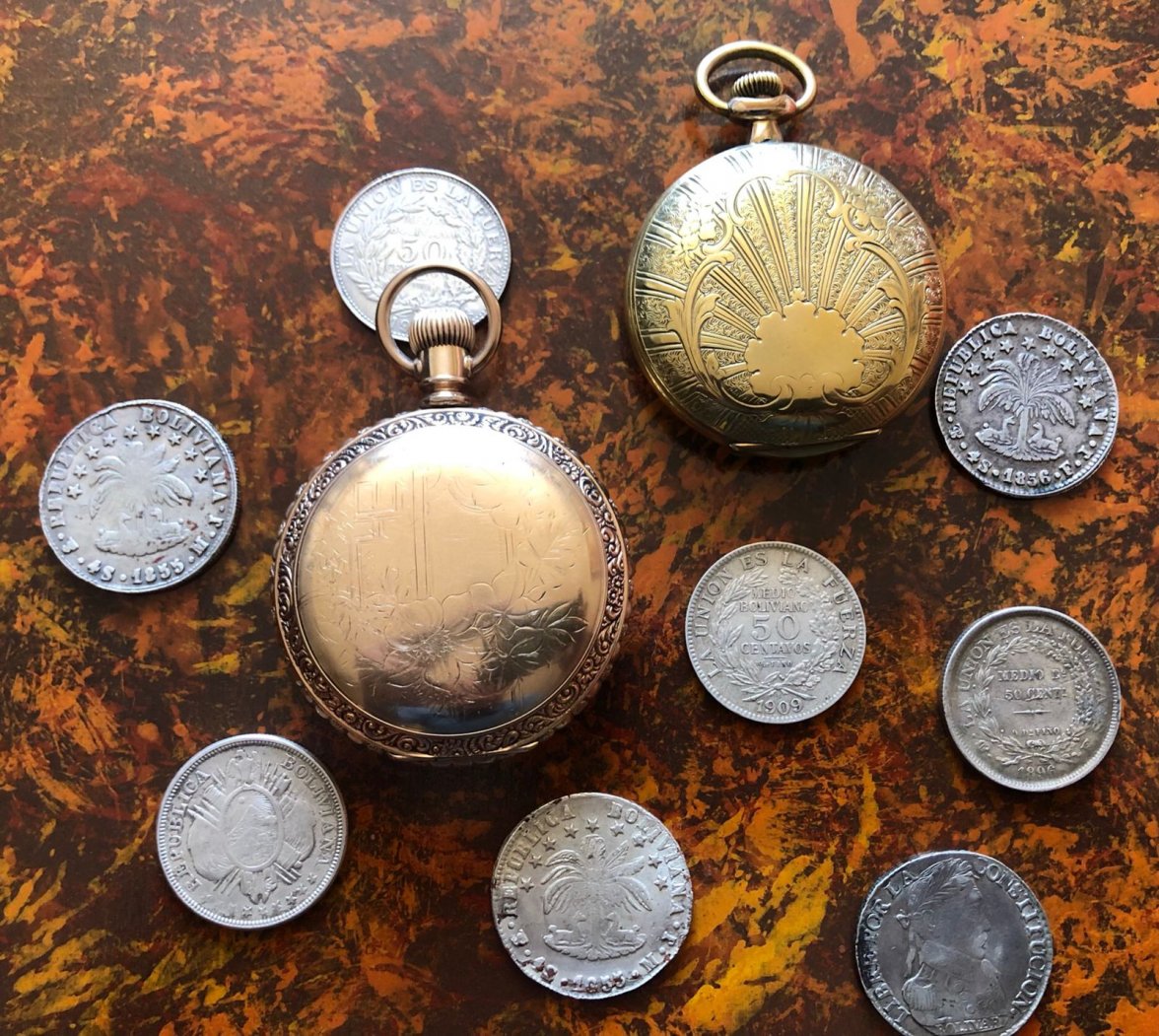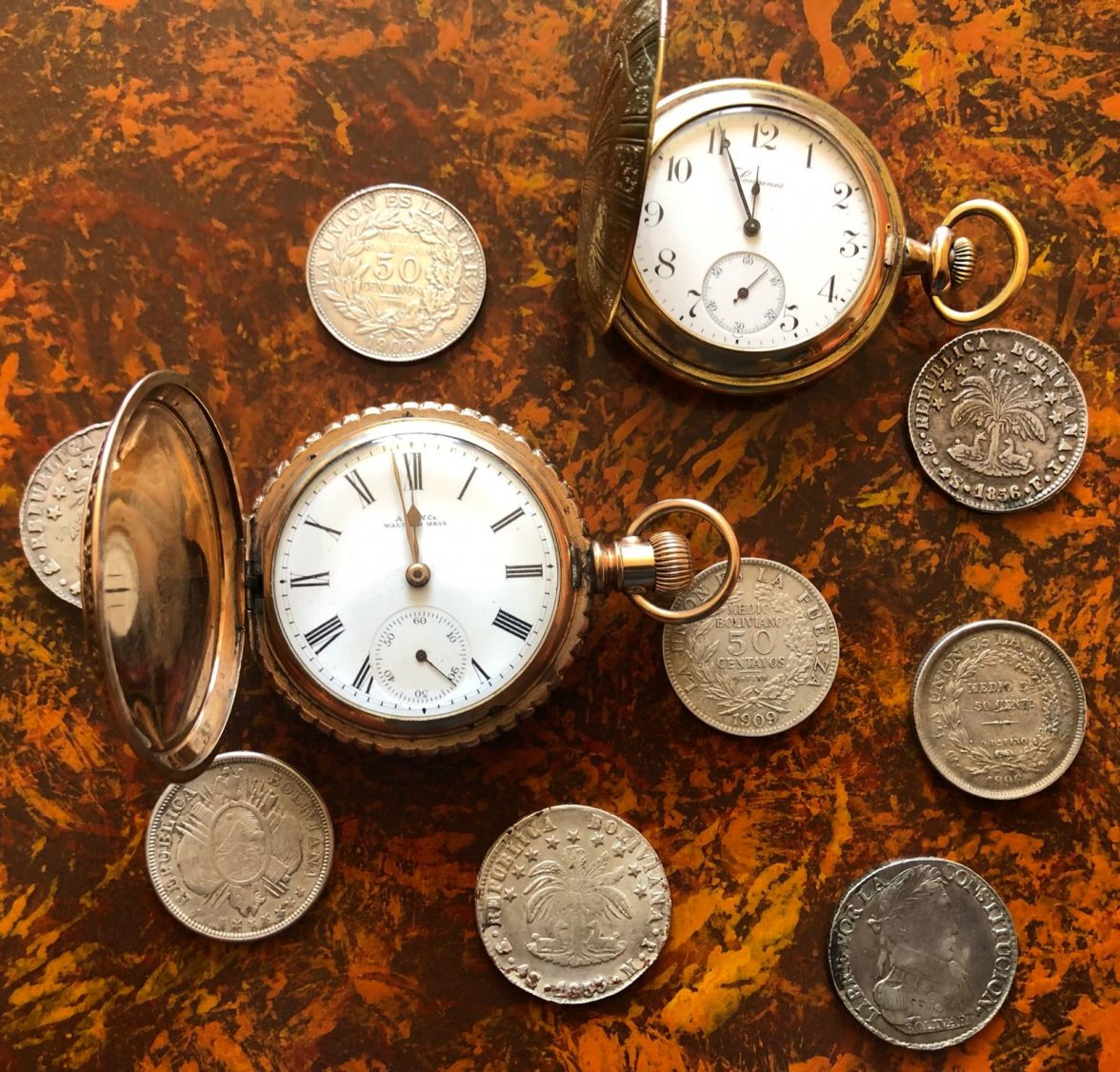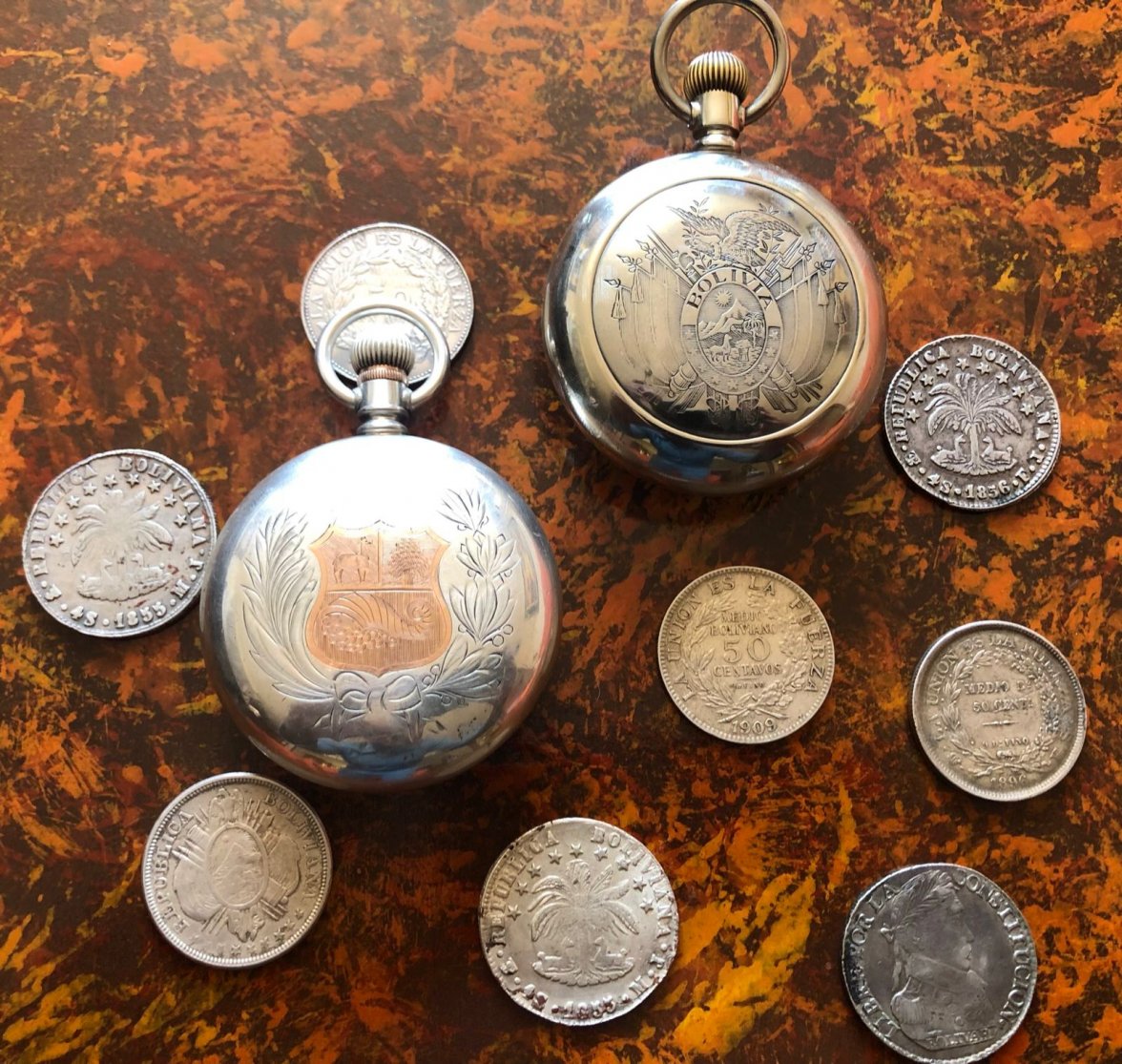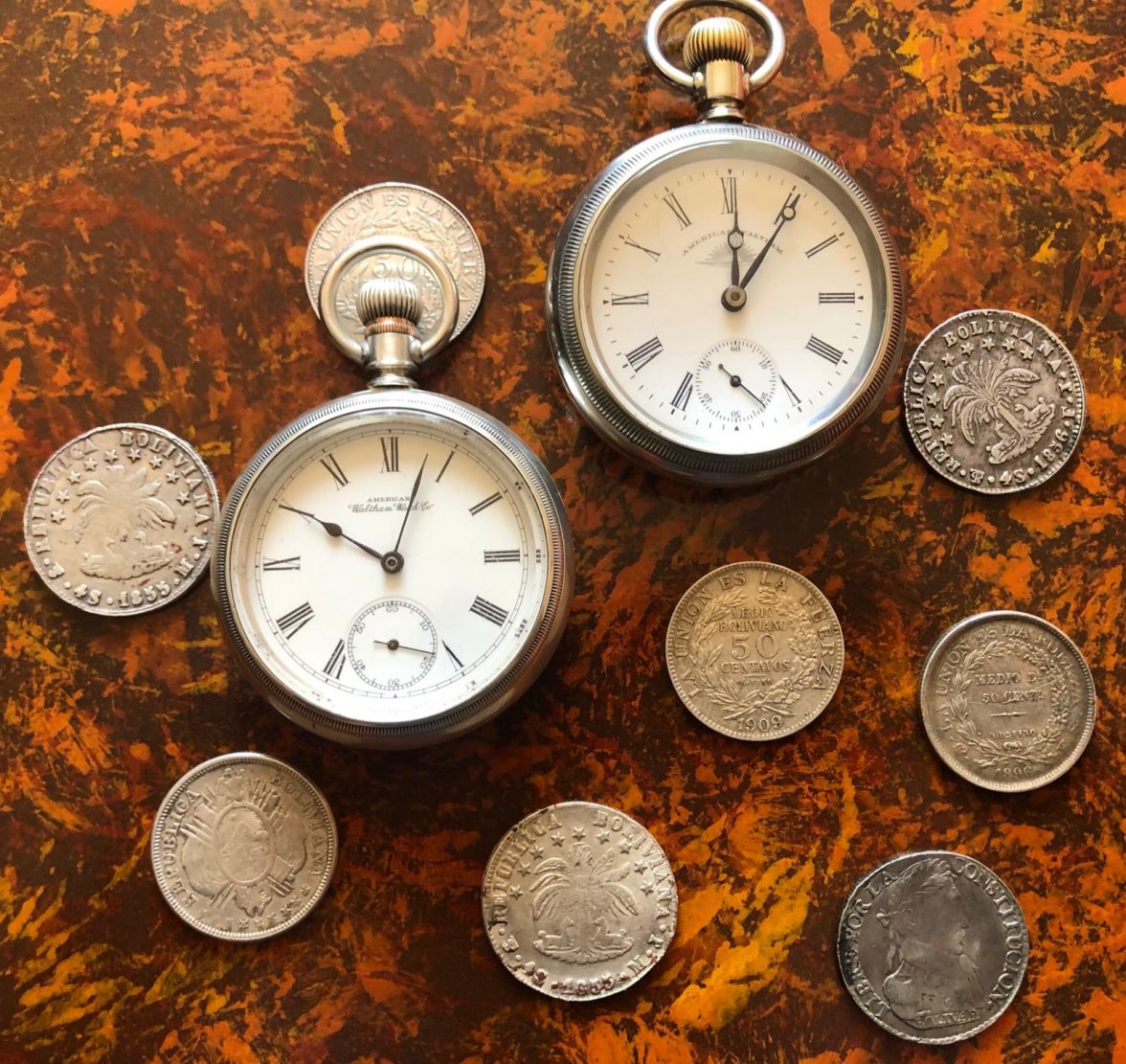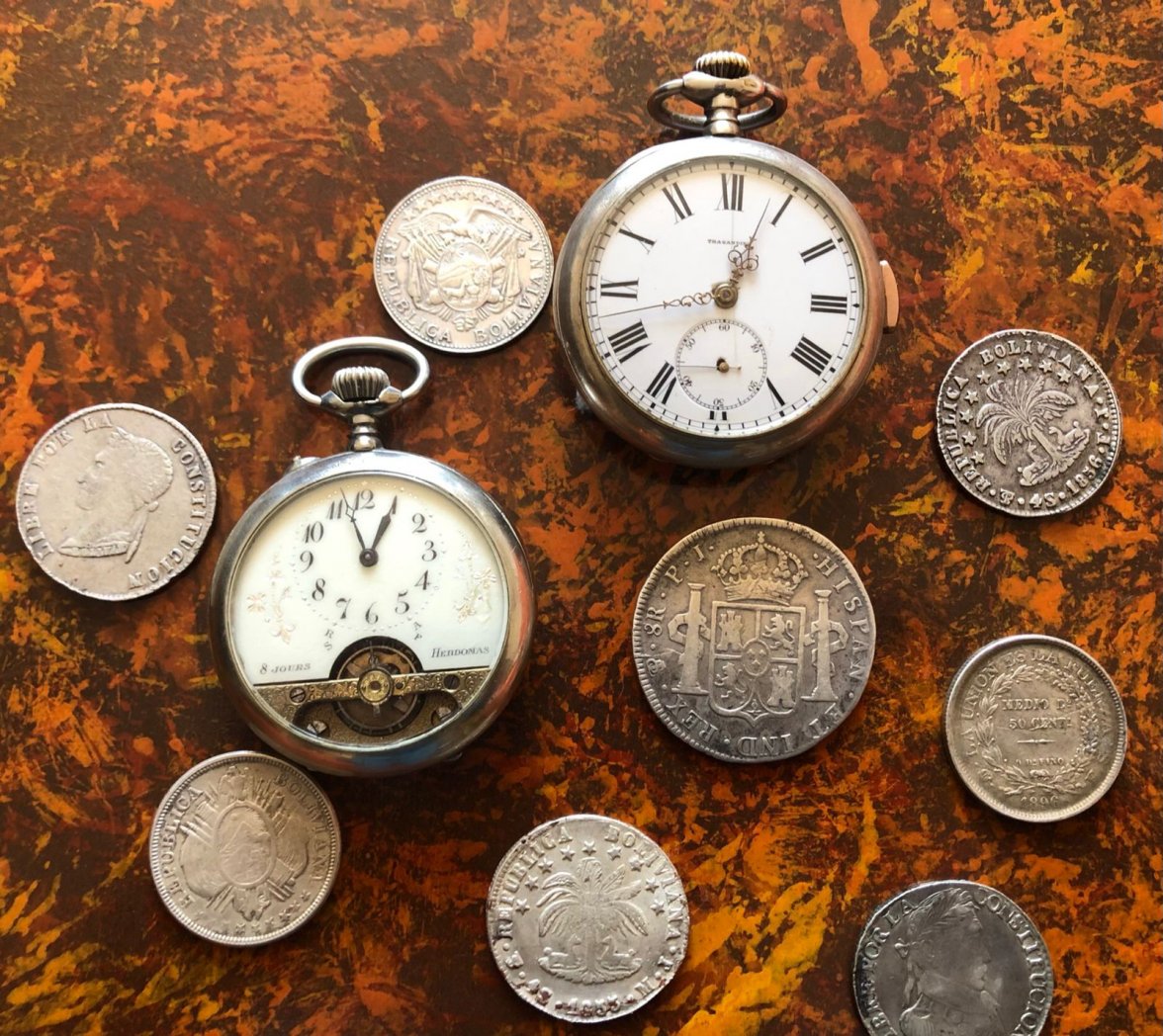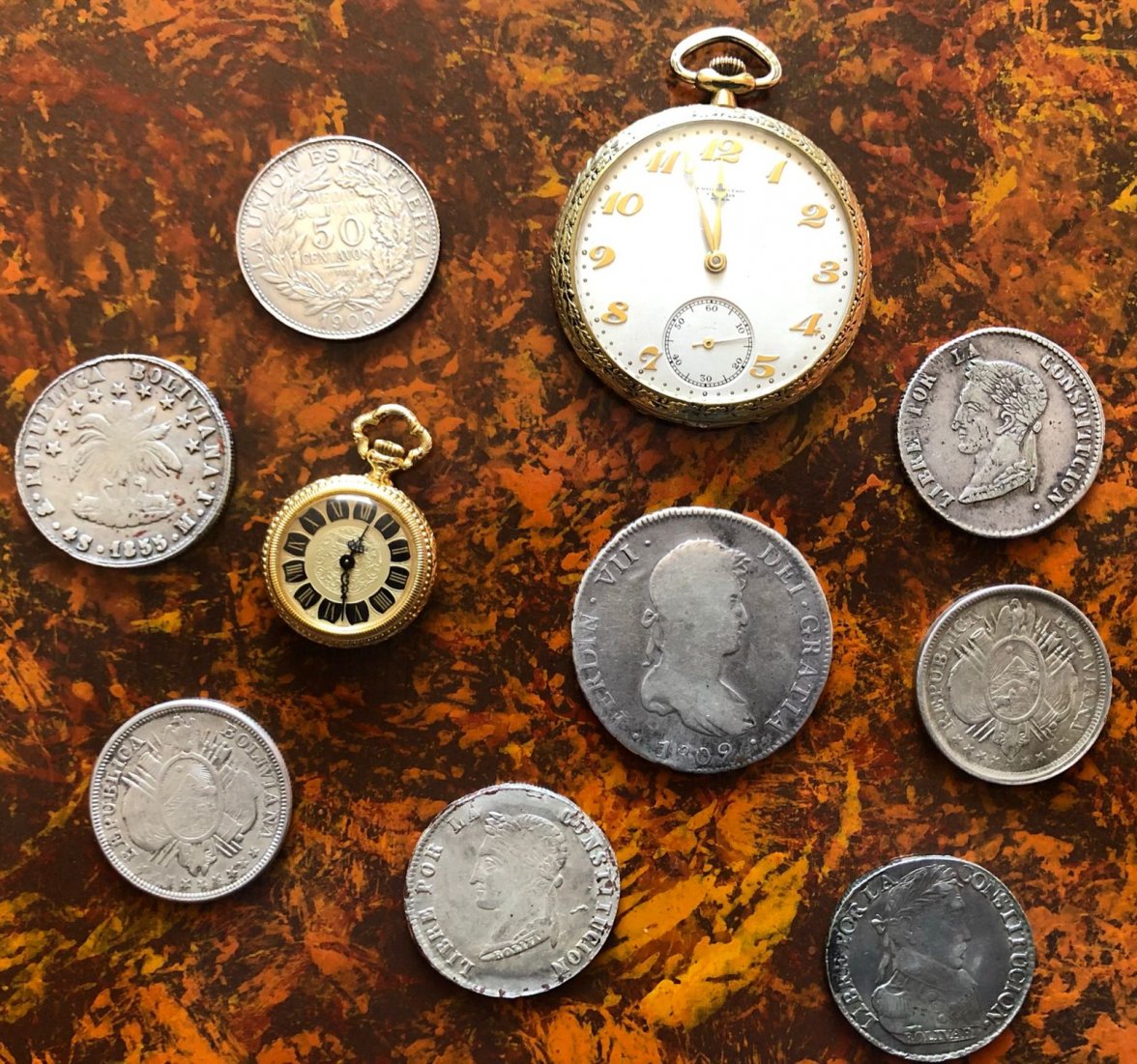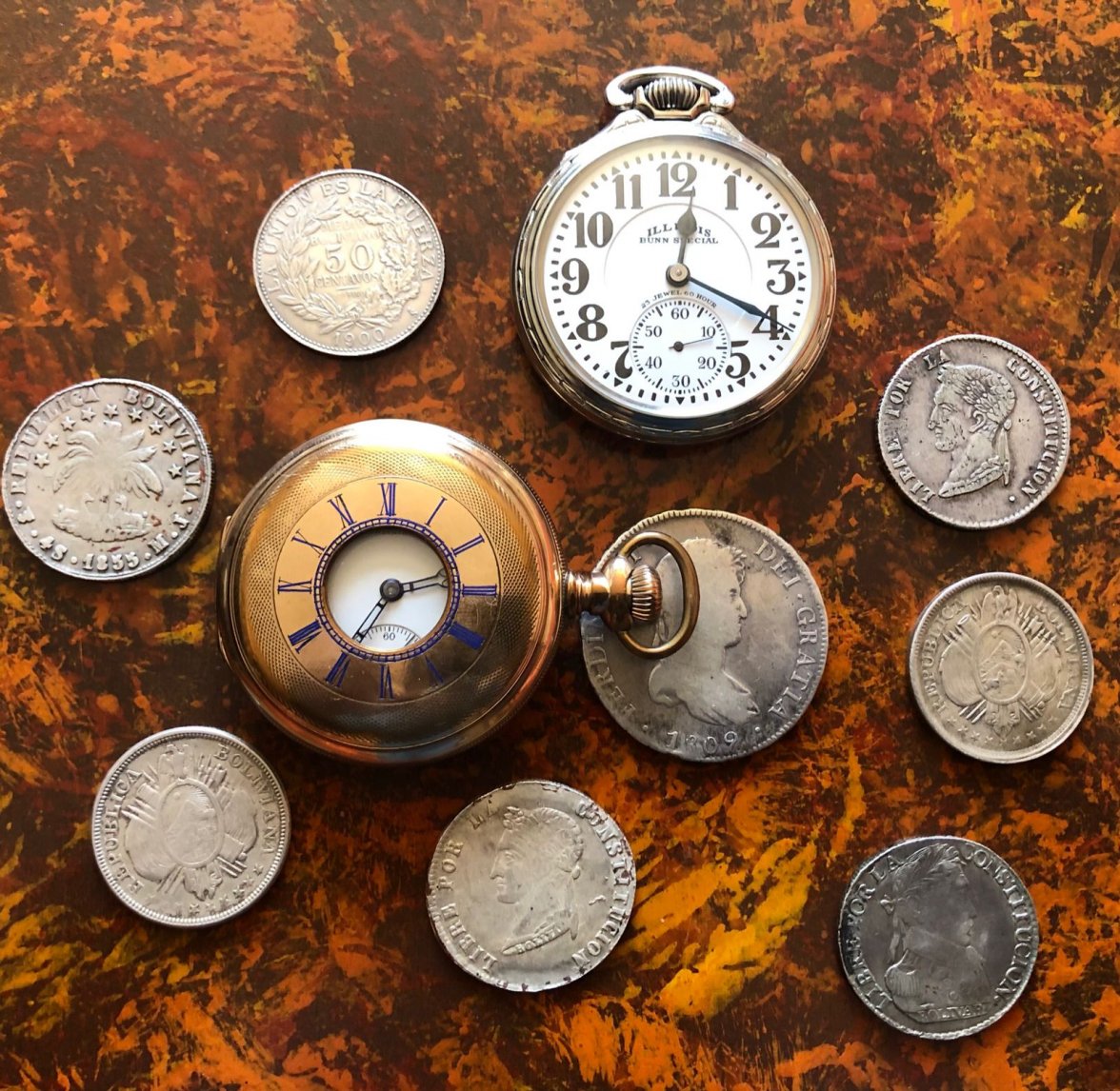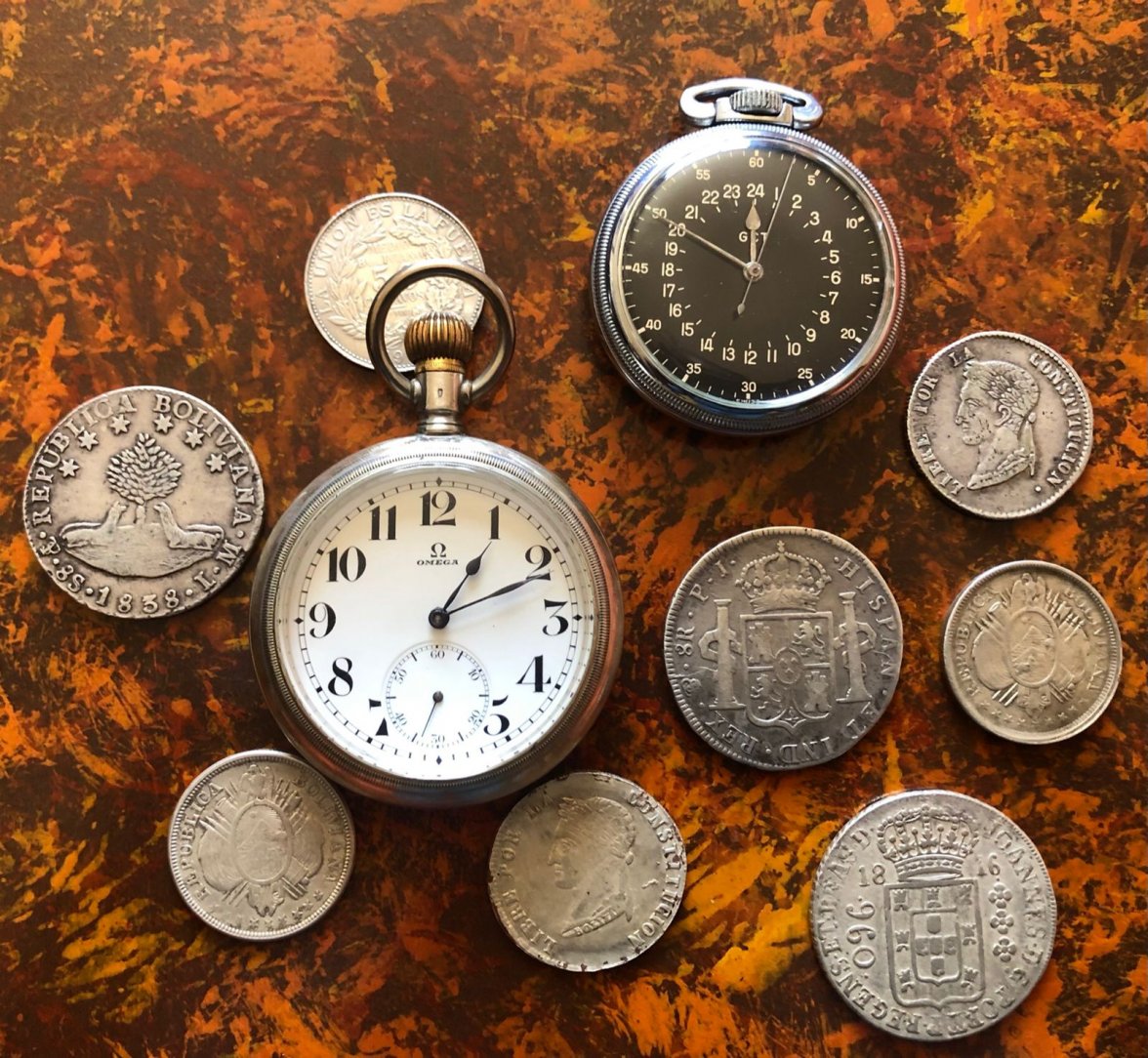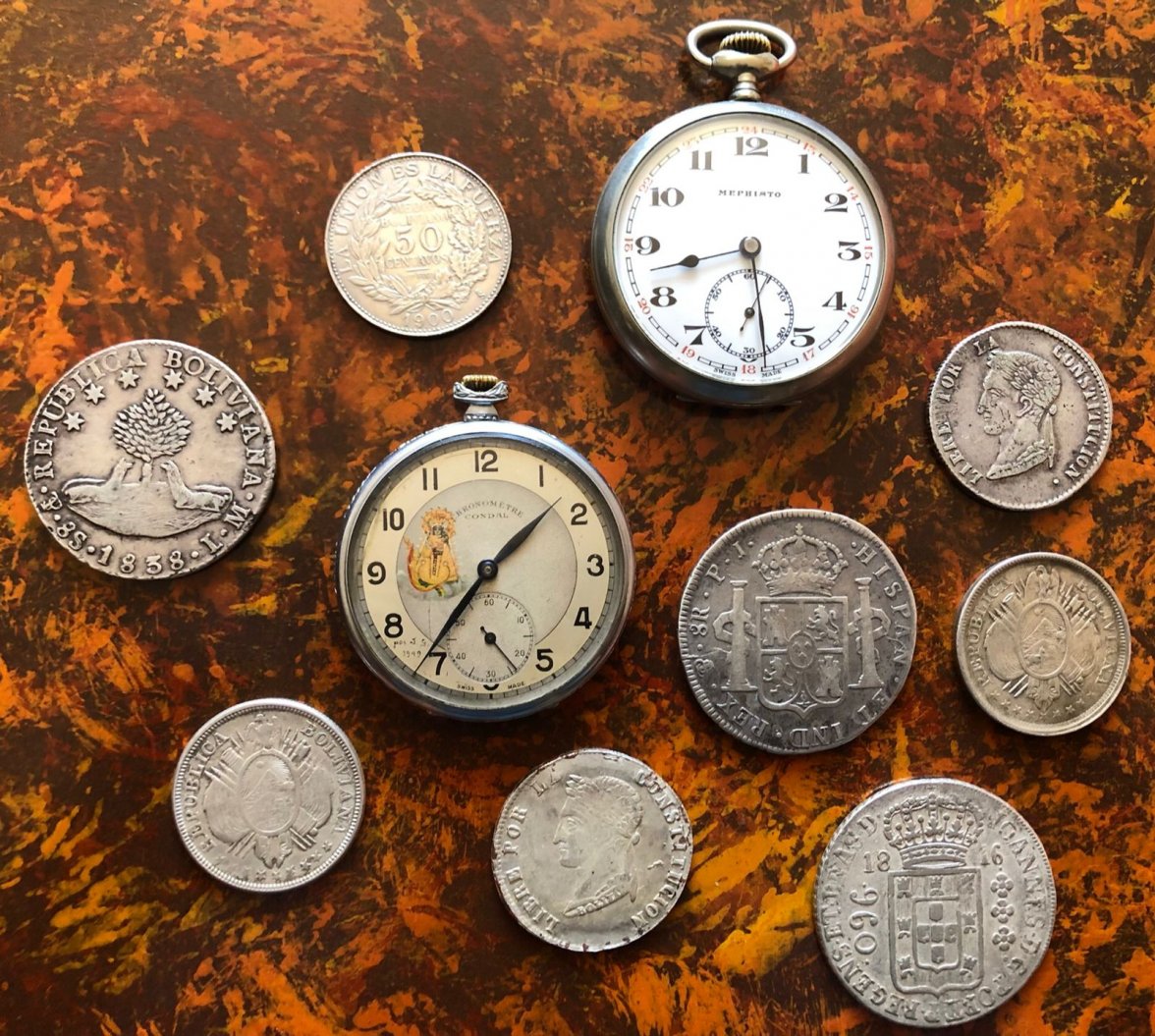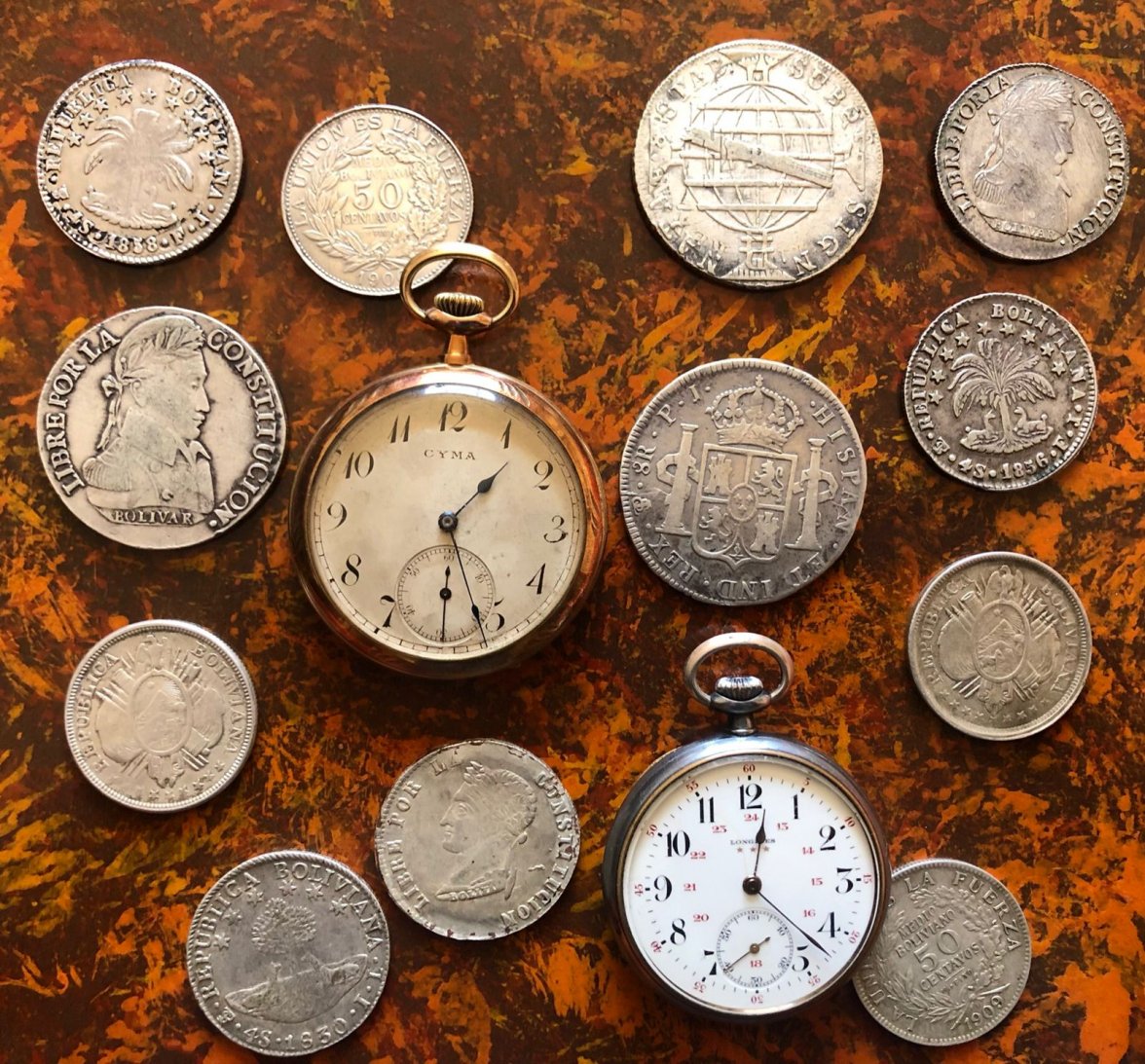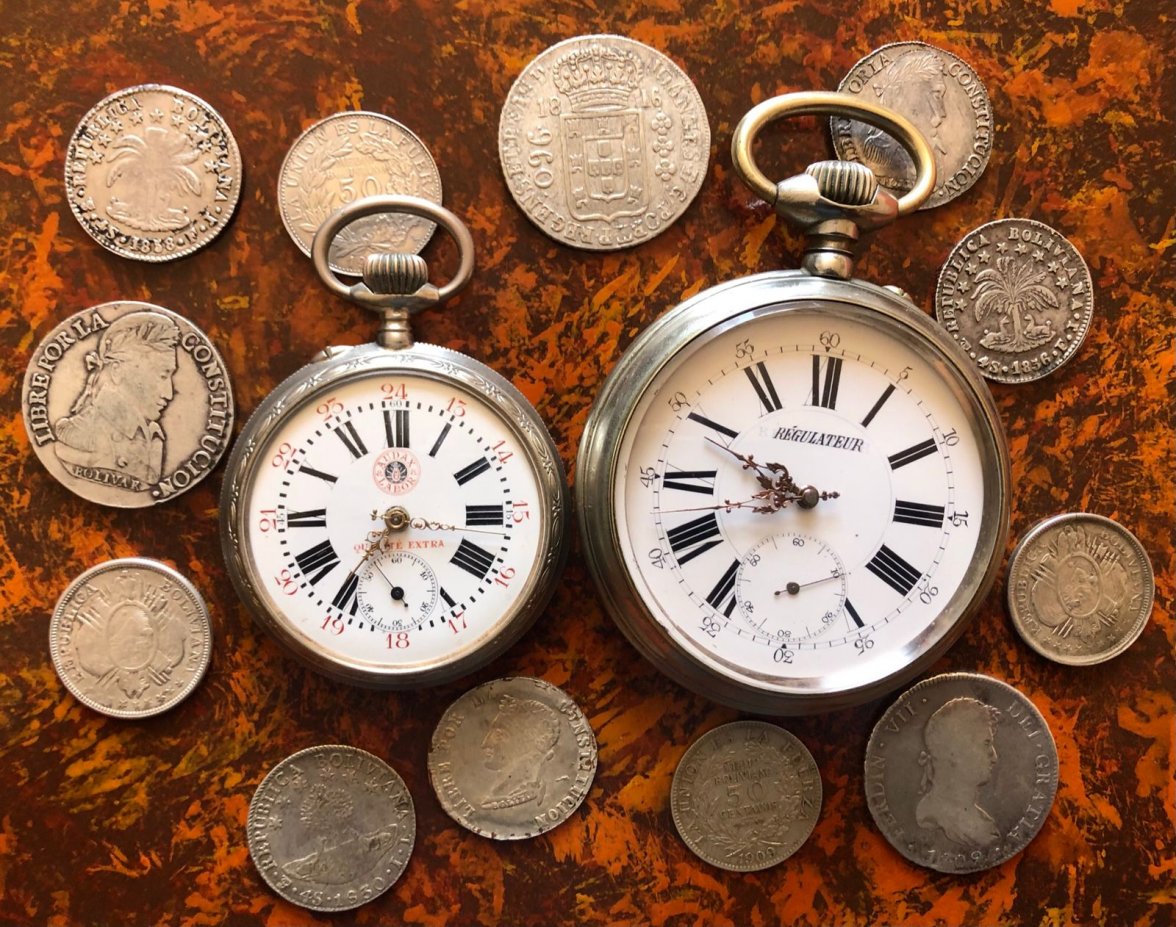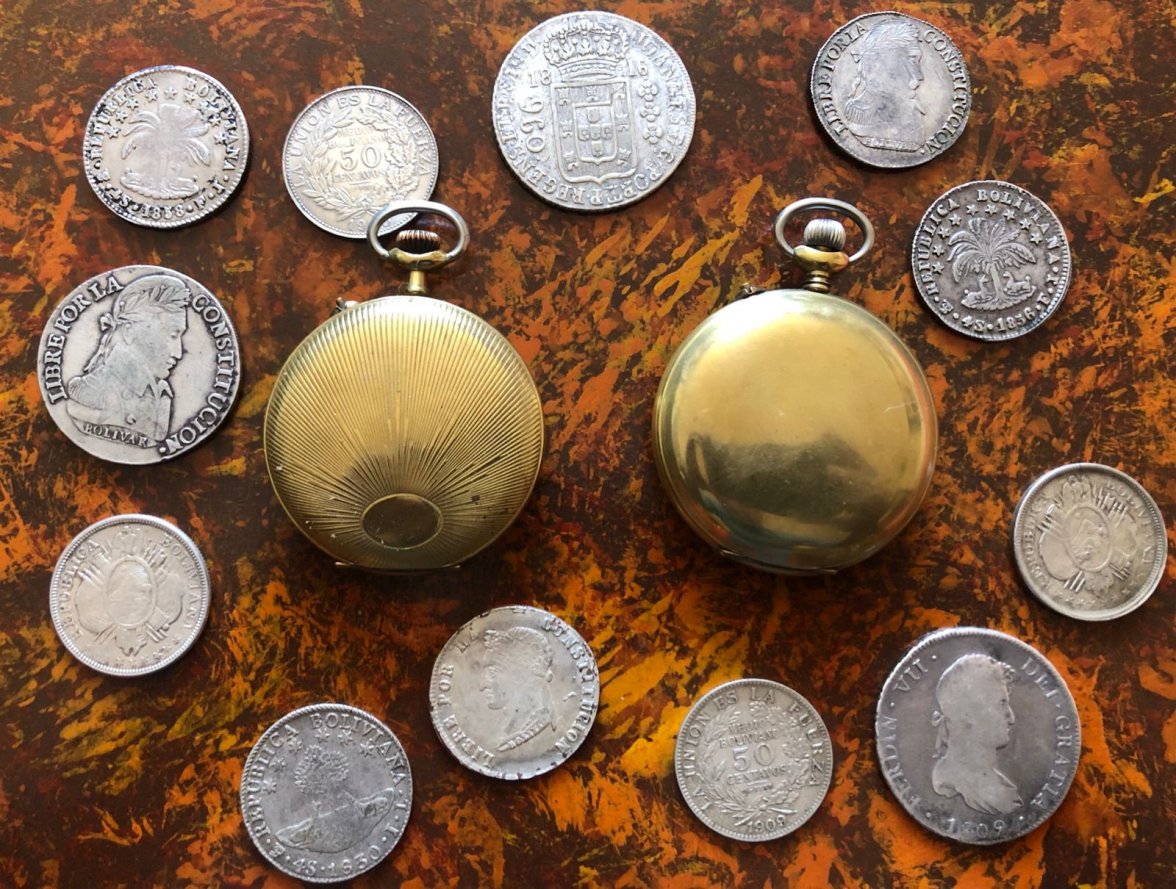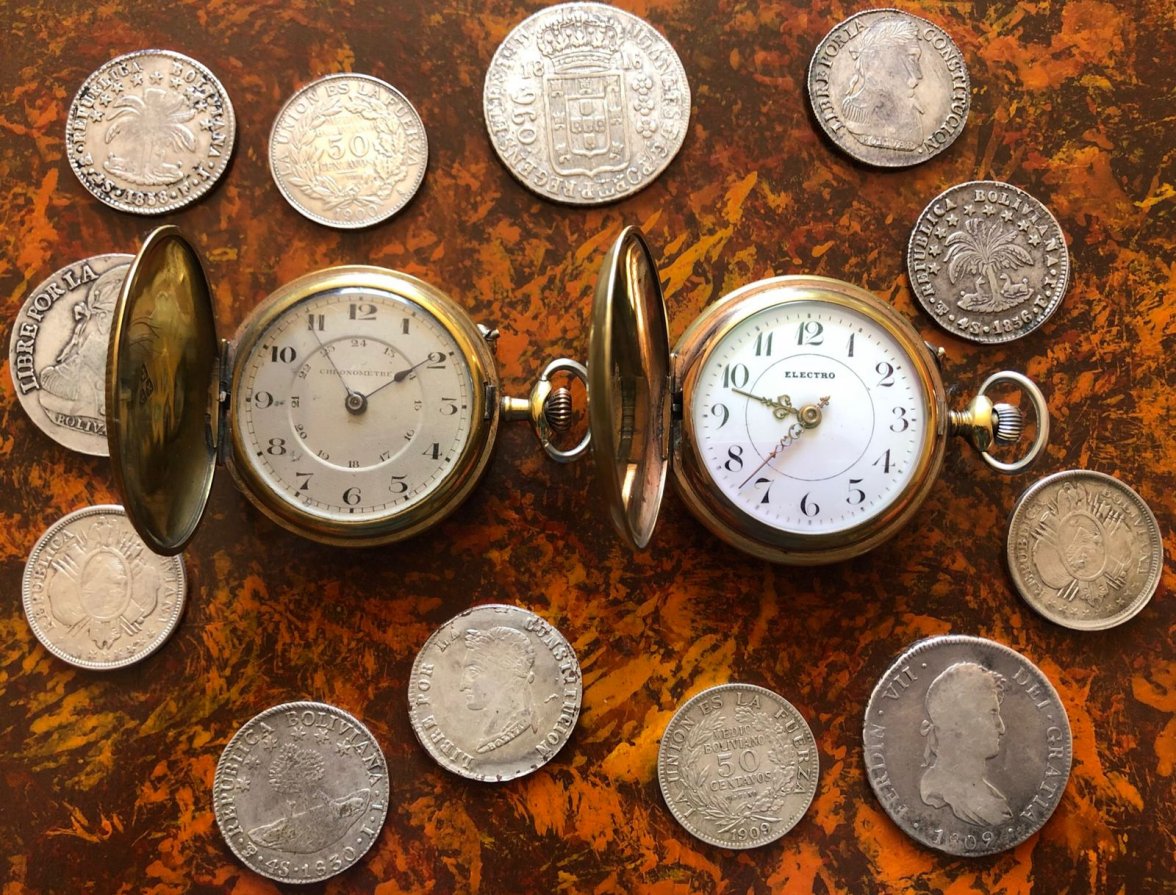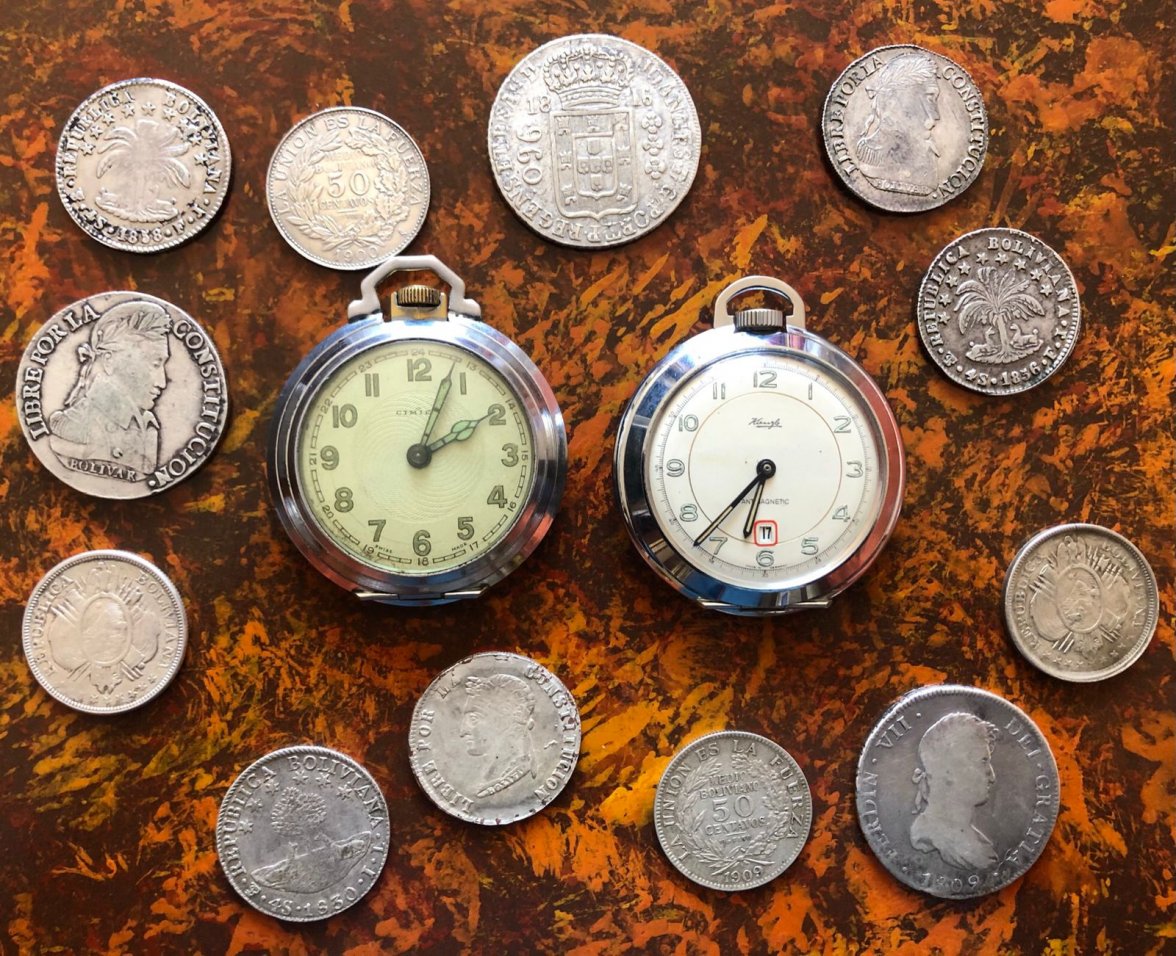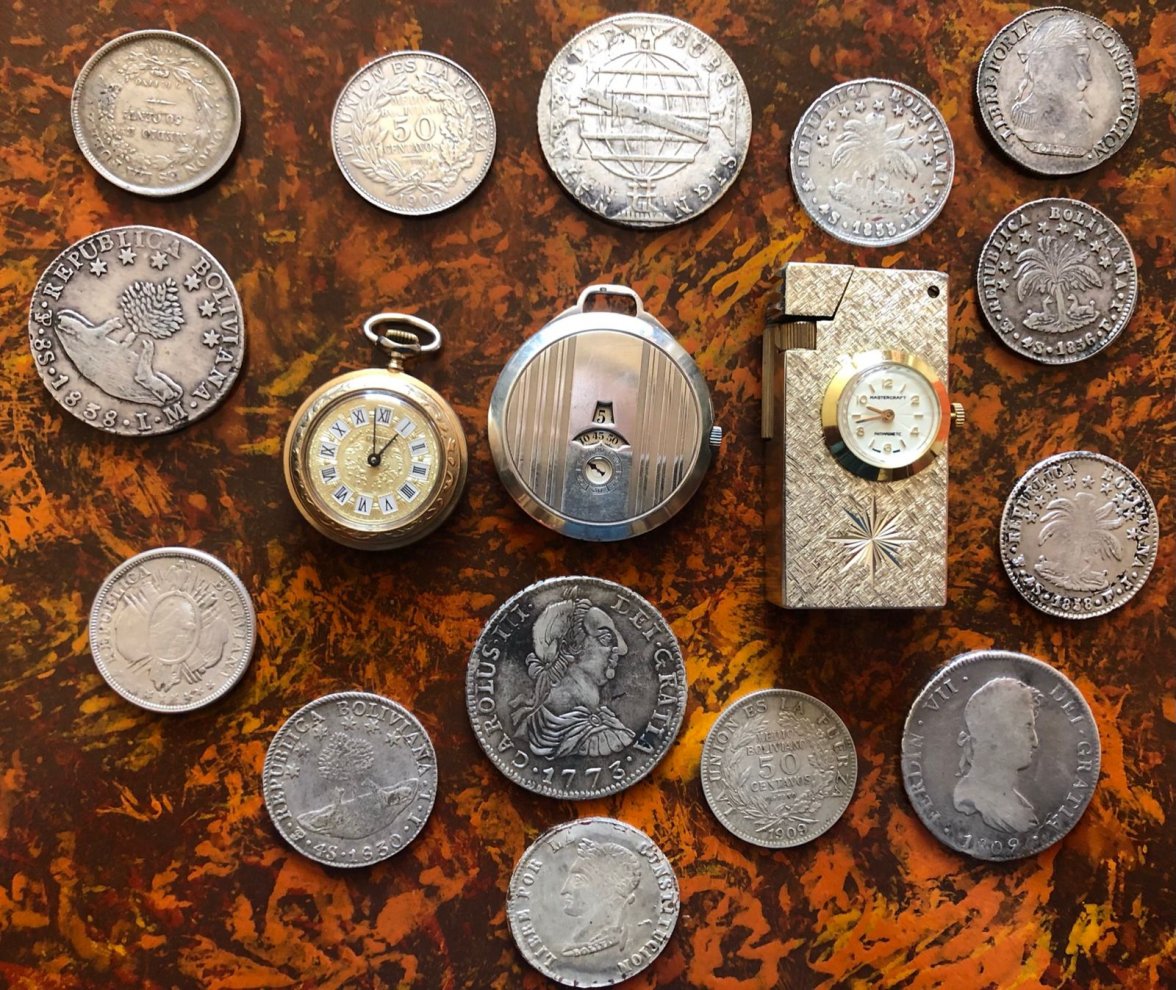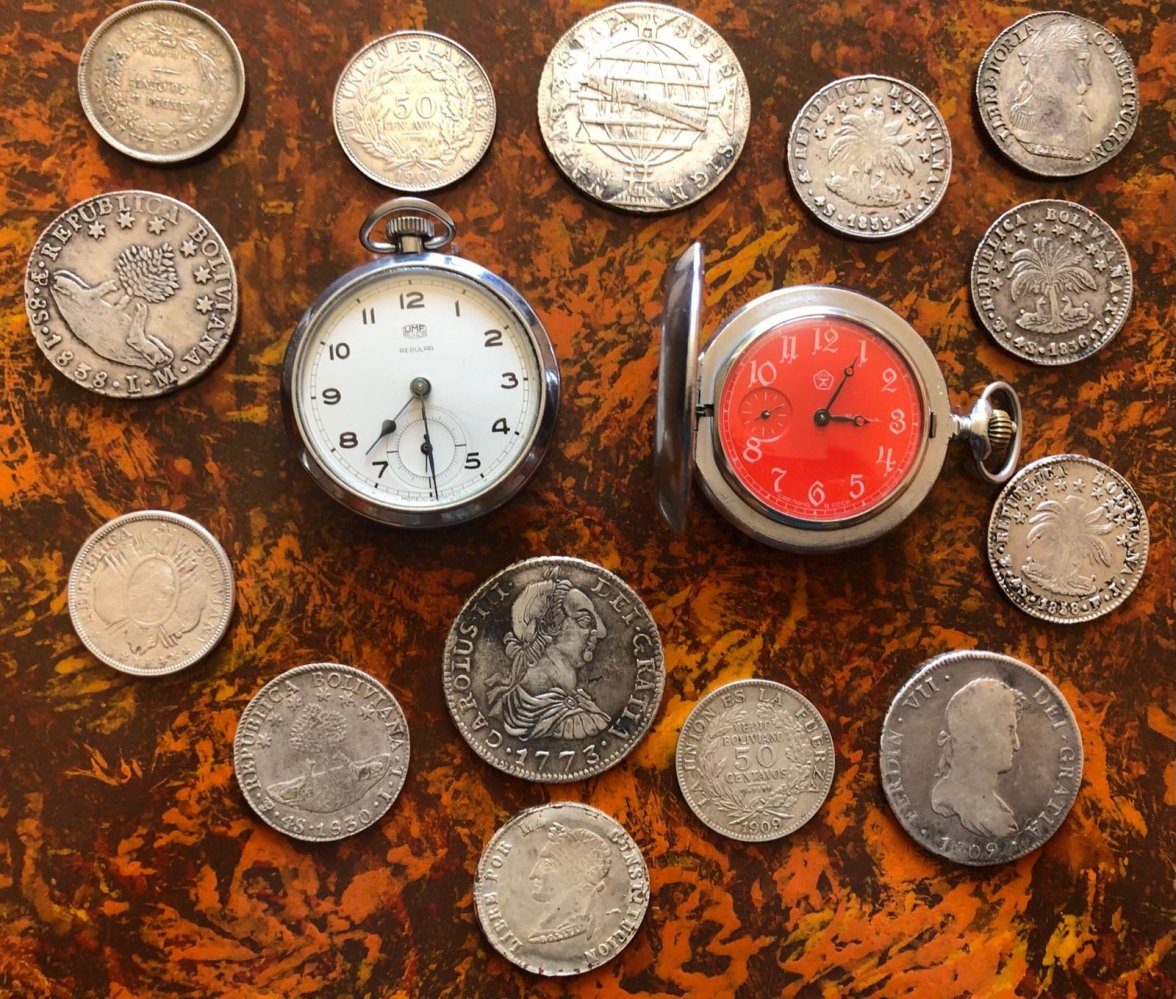I think we've established that the cased watch that
@Zapatta posted isn't a pair cased example, and as
@Canuck noted, it's simply a case protector purchased by the buyer to protect the watch.
In Australia in the 19th and 20th century, pocket watches worn by men who wore suits to work were carried in fob pockets, usually on their waistcoat, e.g.: my Grandfather who was the town Postmaster back when that position was a well respected one.
There were many men who didn't wear a suit but still wore a watch, e.g. farmers, foresters, miners, factory workers. Based on family history, it was common for these men to carry their pocket watch in a small leather pouch on a belt.
Soldiers also used these little pouches but their use faded after WW2.
The leather pouches are still
made in Australia today and are mainly used by people on the land where a wrist watch would either be at risk of damage or a danger to the wearer.
Annie's Dad, who was a forester, had a leather one on his belt that flipped down to open so he could see the time. The watch was held in the outer cover and secured by a strap and stud when closed.
Anyway, back on topic.
Here is another "pair" case
😉, well, at least
pear shaped.
It's a pressed metal case with a celluloid lens and it completely protects the watch as the crown and bow are enclosed in the case, as opposed to the exposed example like Zapatta's. I imagine that this style would have been favoured by men who could wear the watch in a pocket, but still needed protection, maybe miners or factory workers.
Here I've matched it with a contemporary watch that may have resided in such a case. The watch is a Smiths issued by
North Broken Hill LTD, an Australian mining company.
